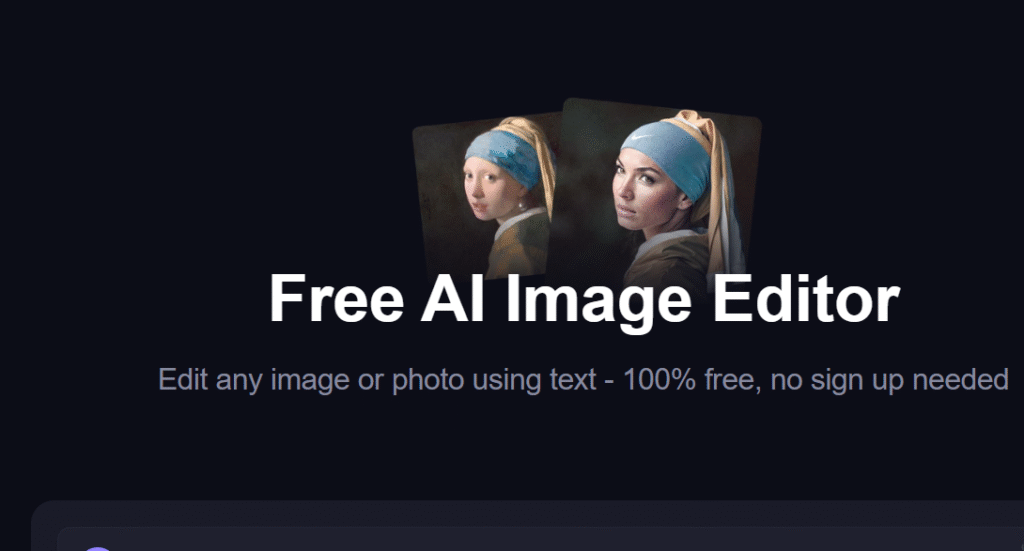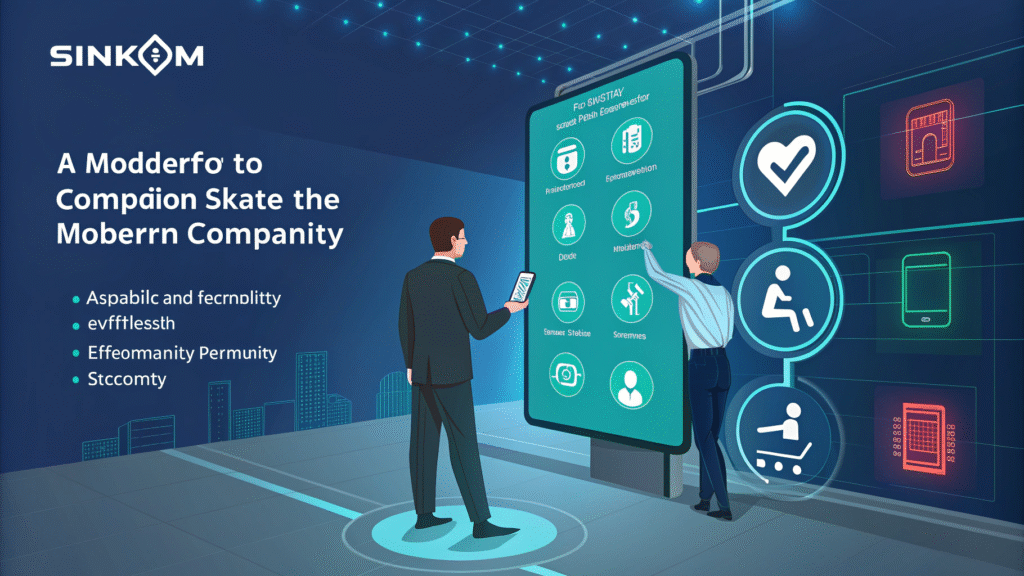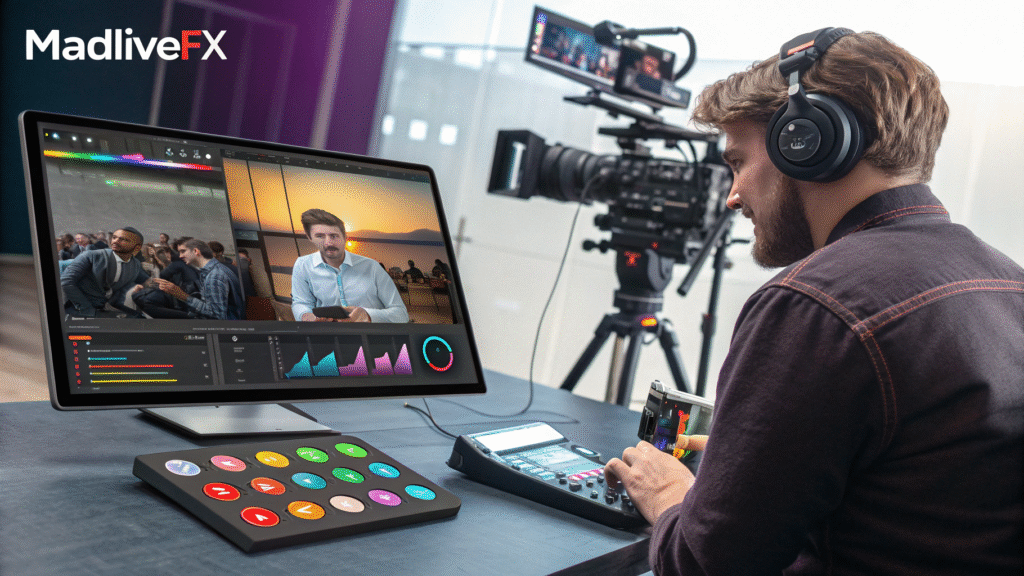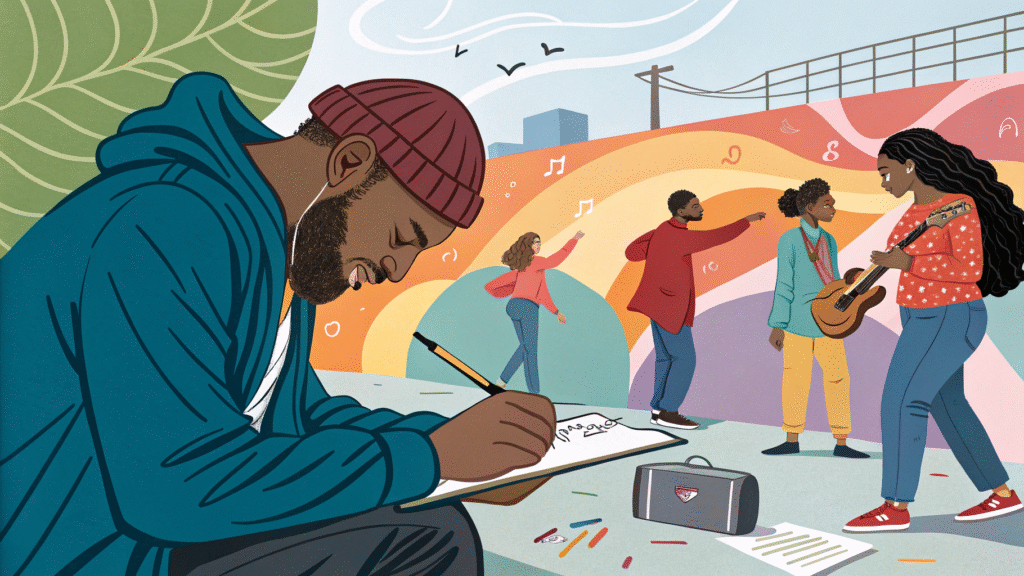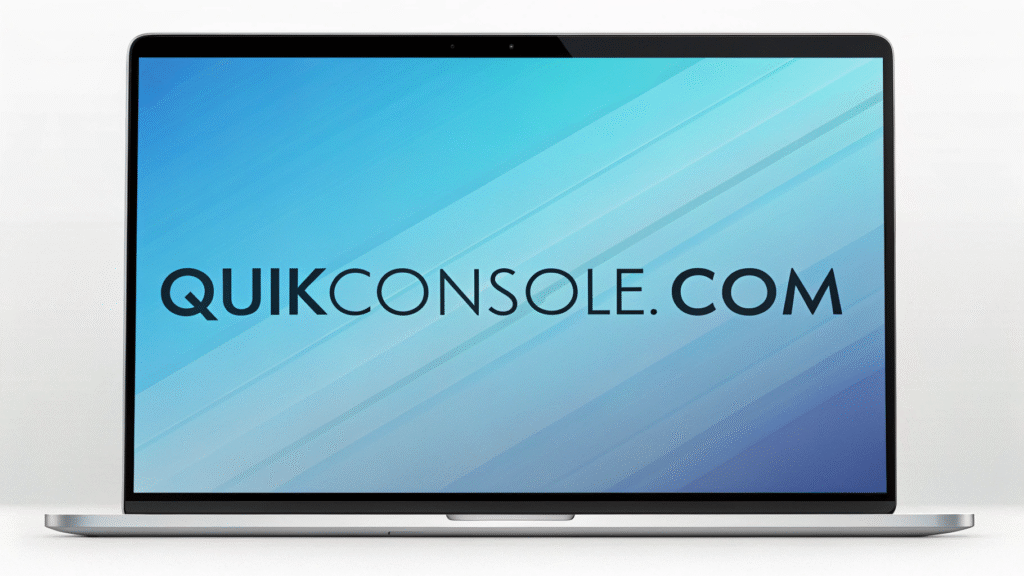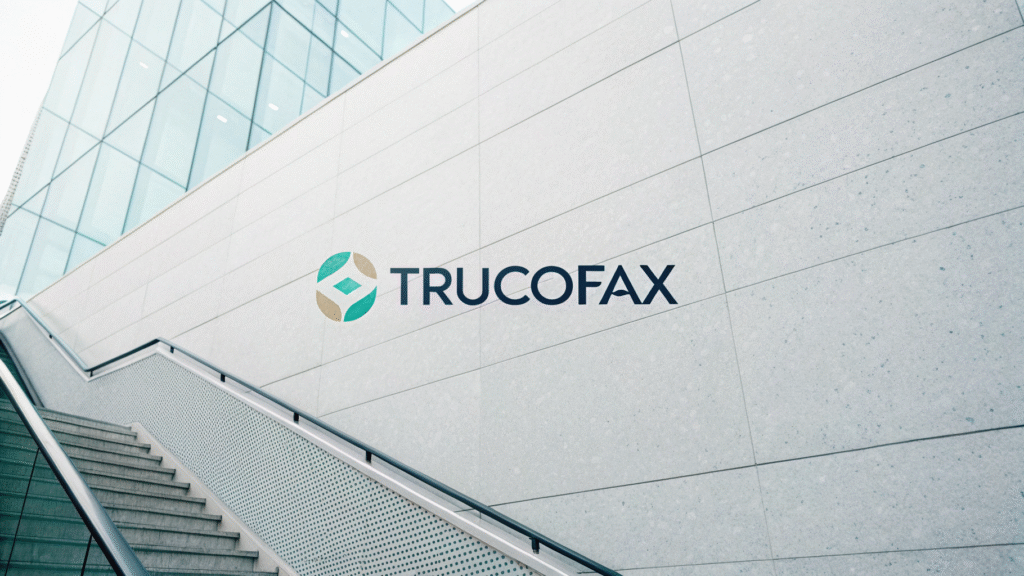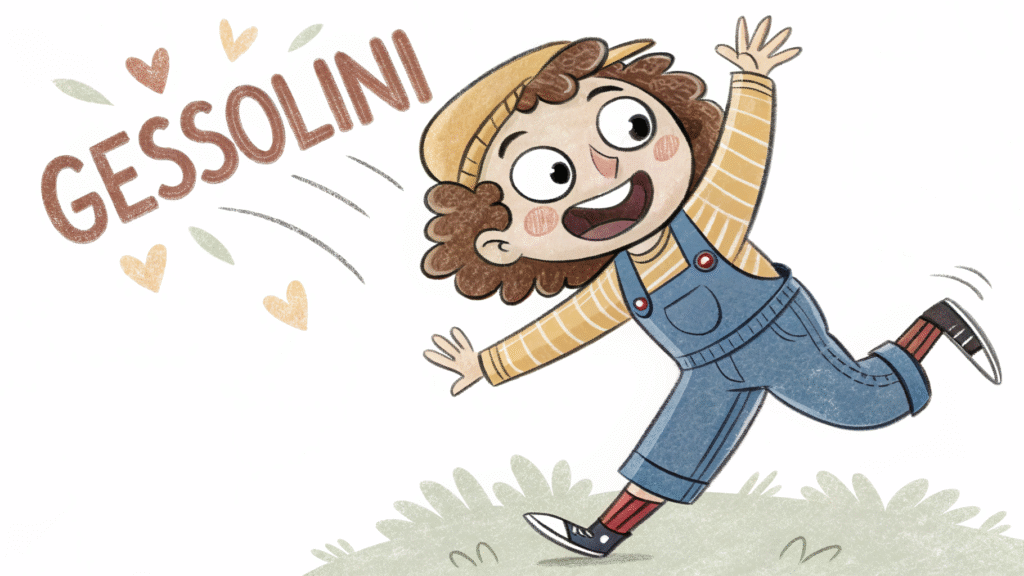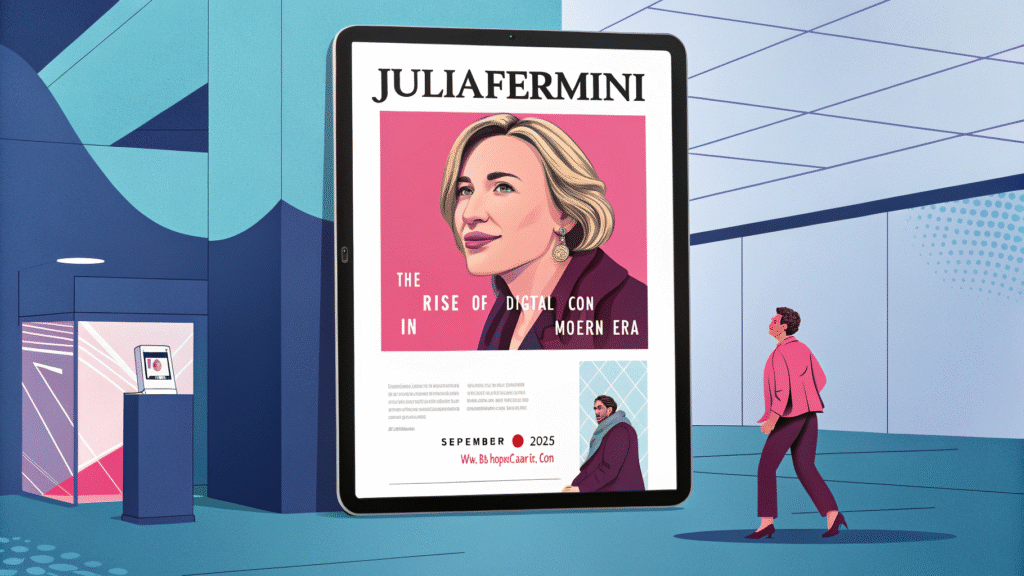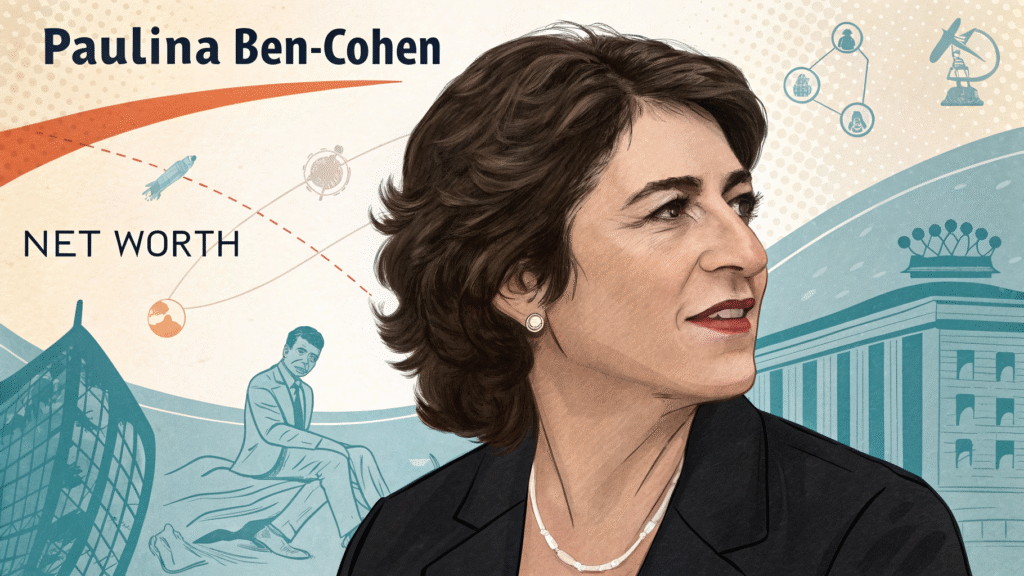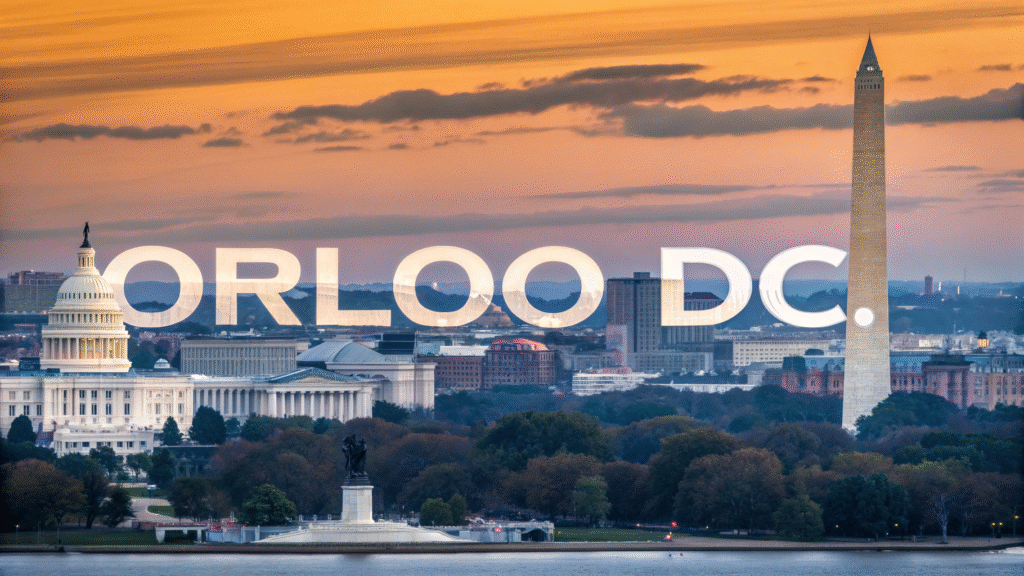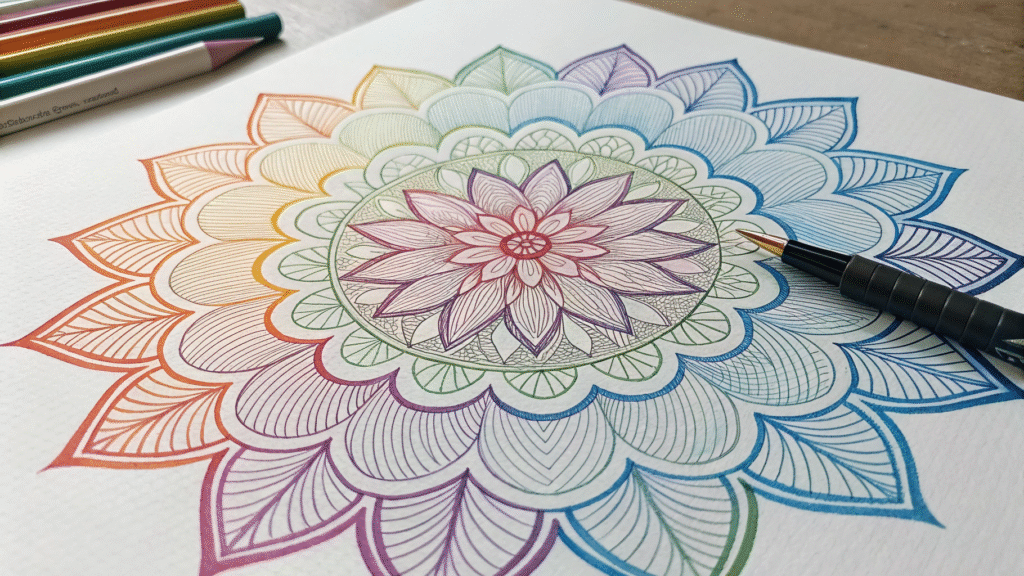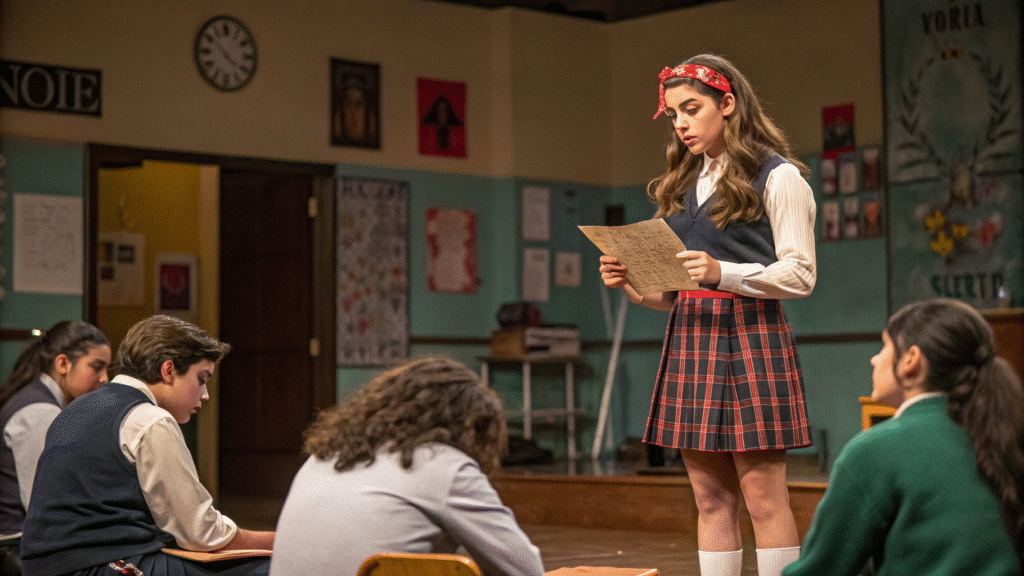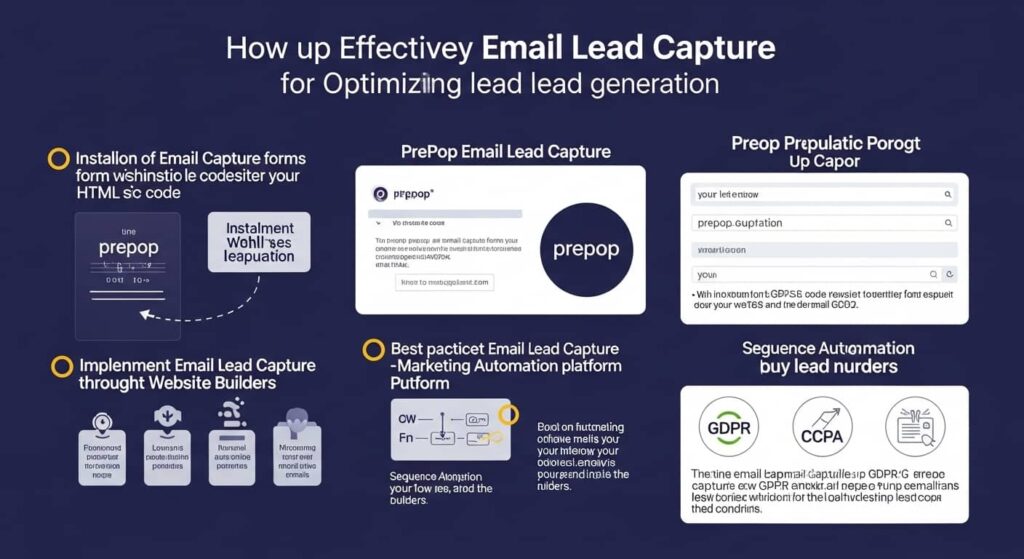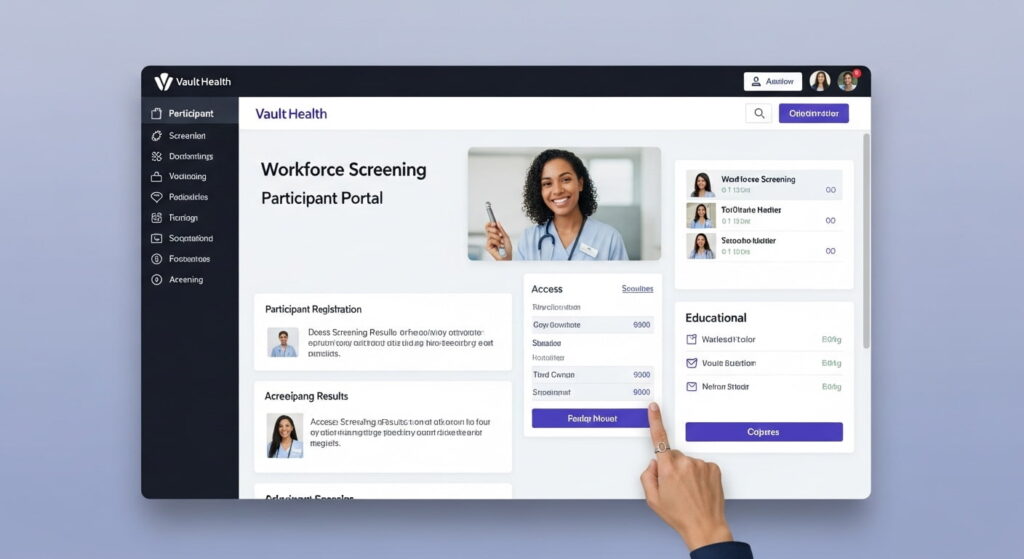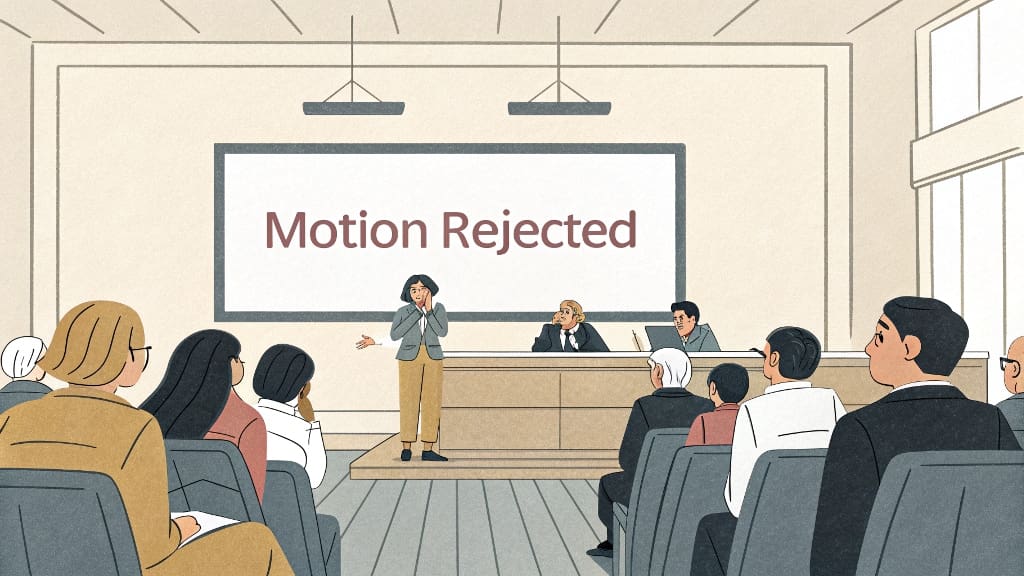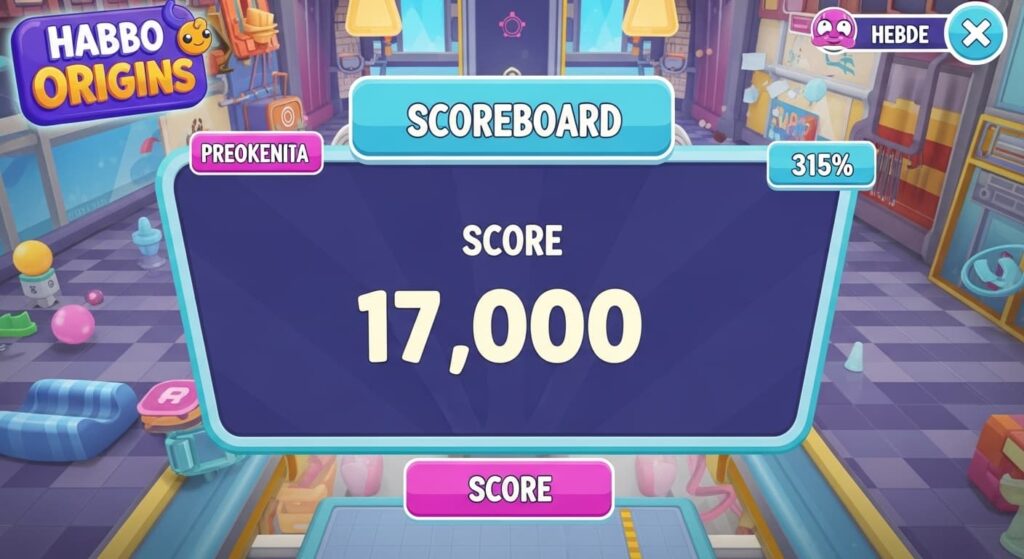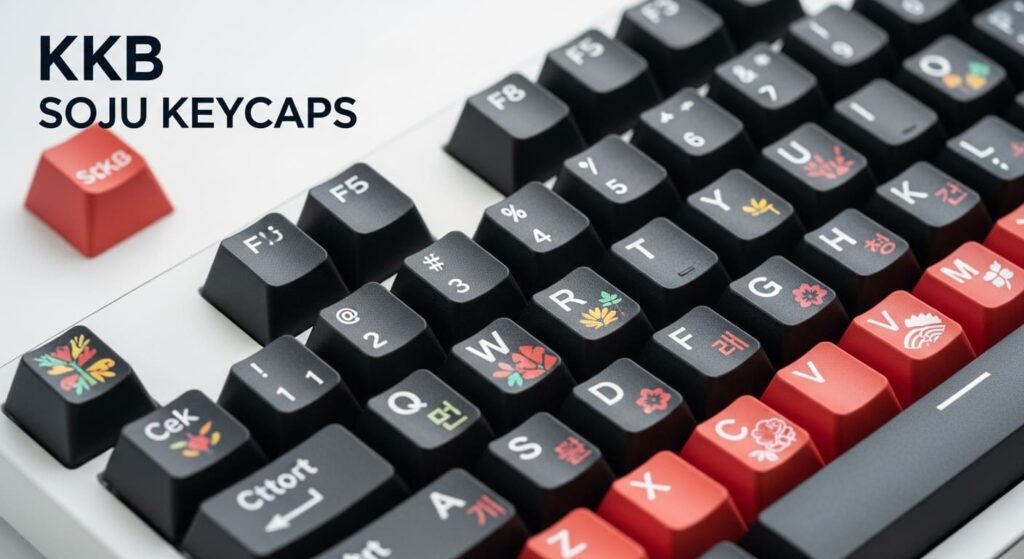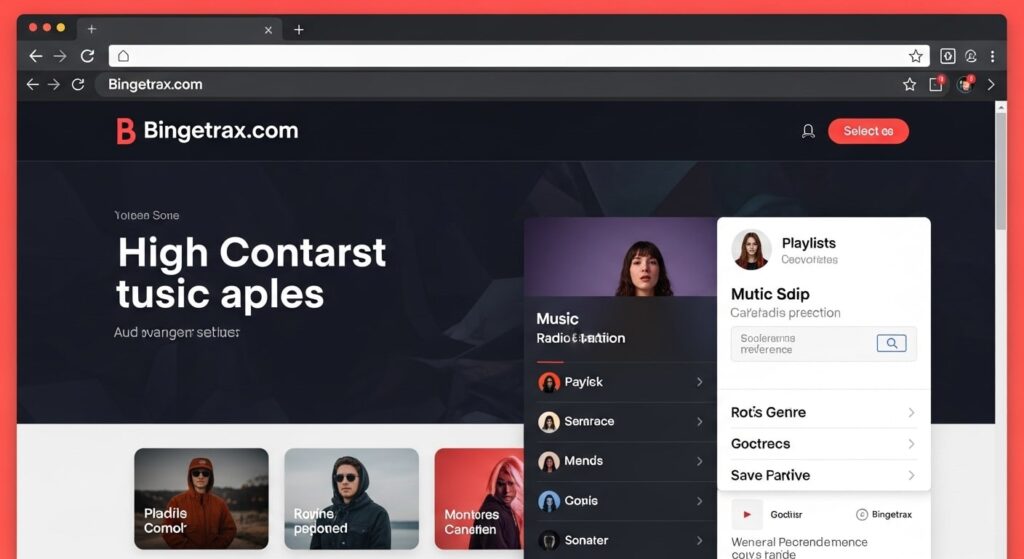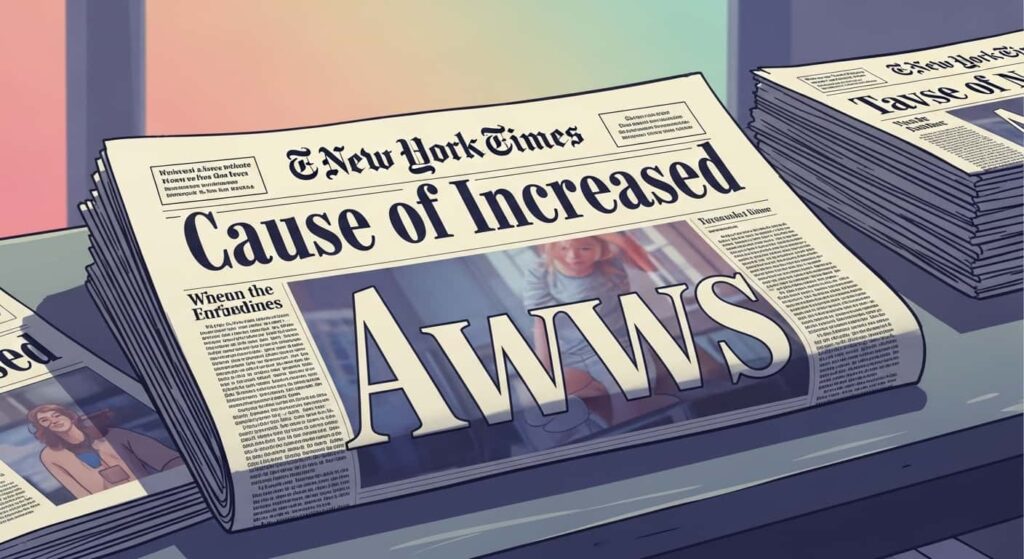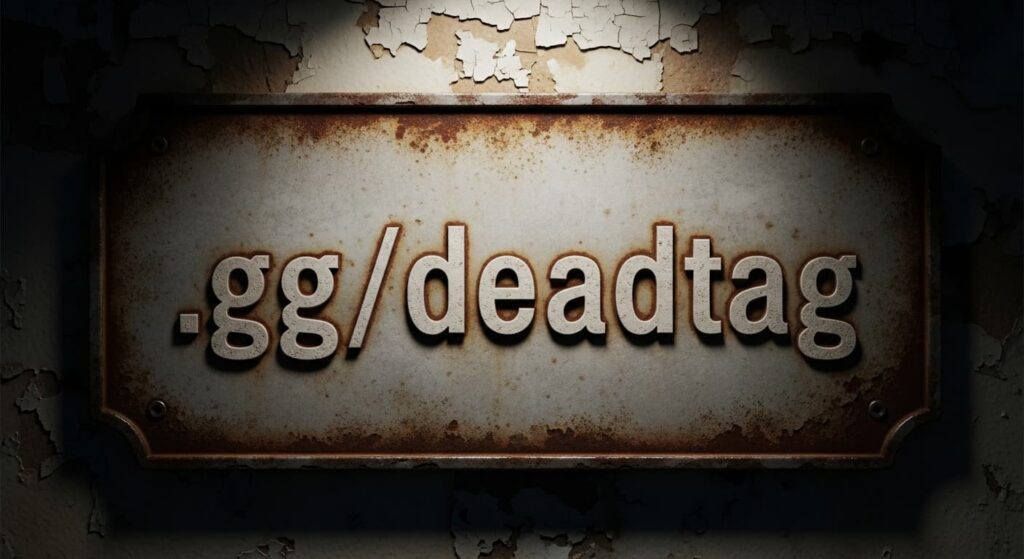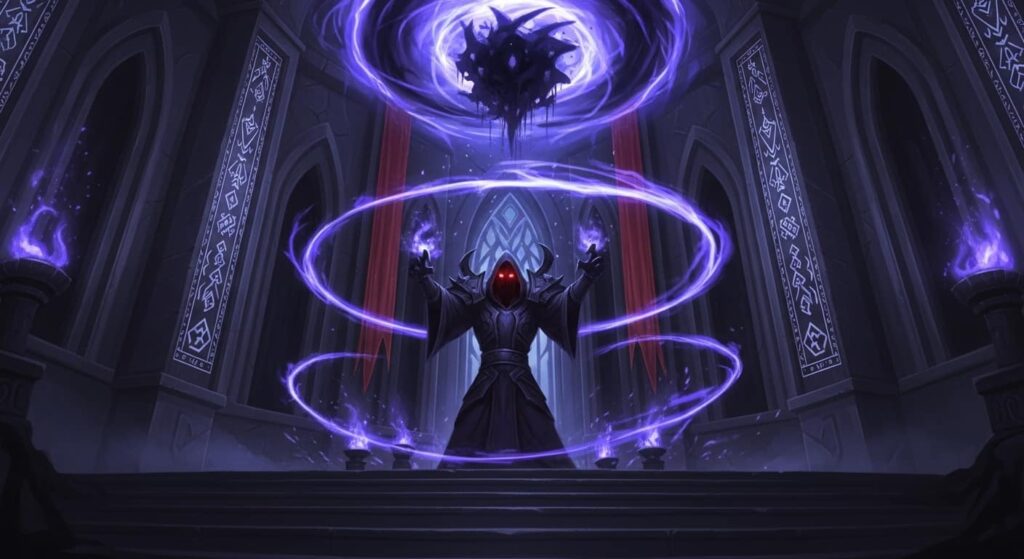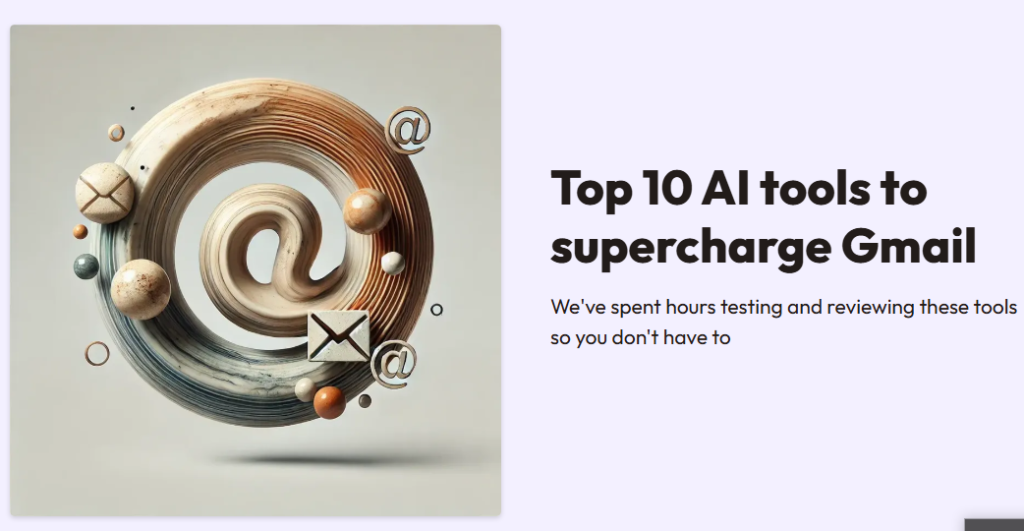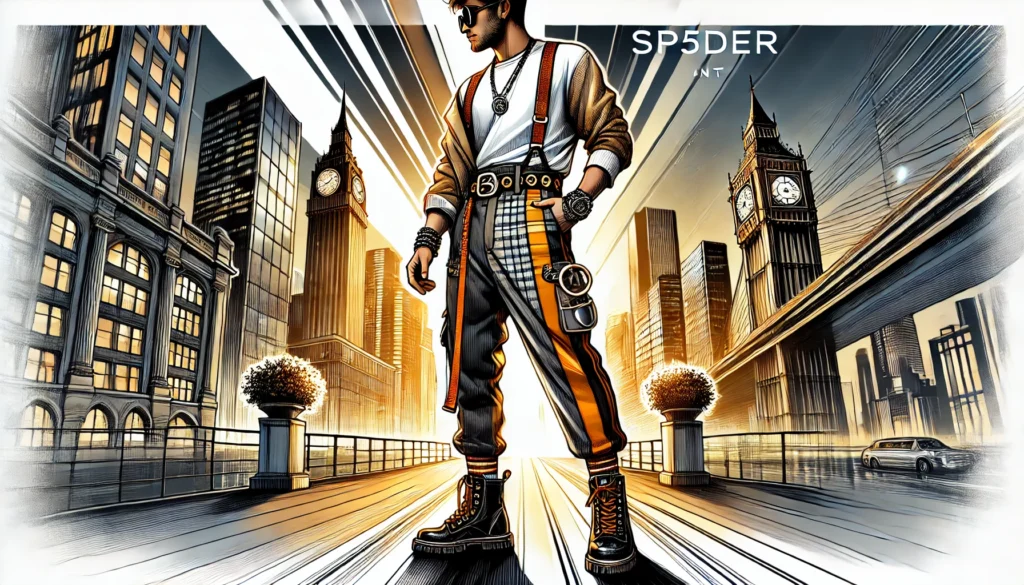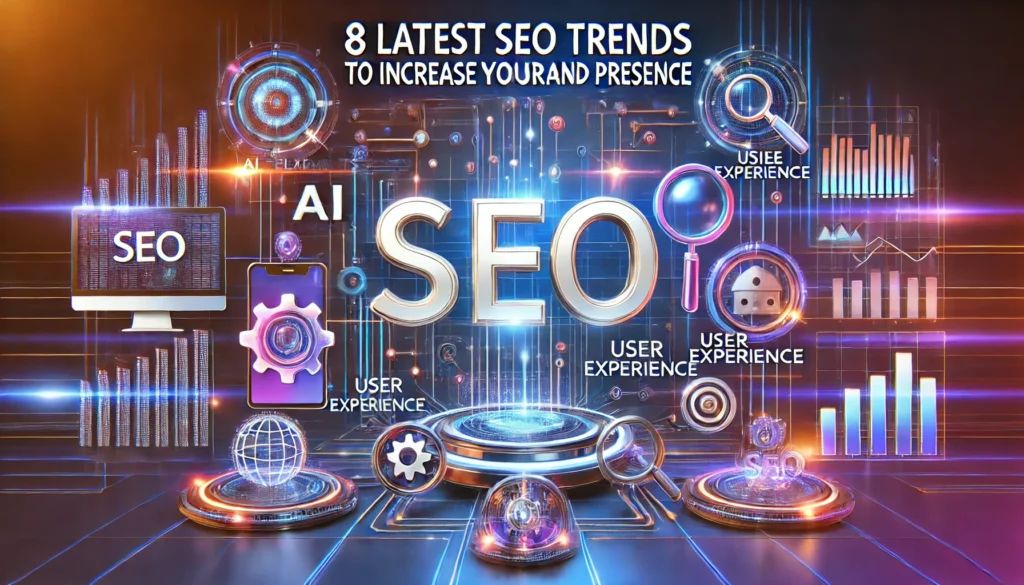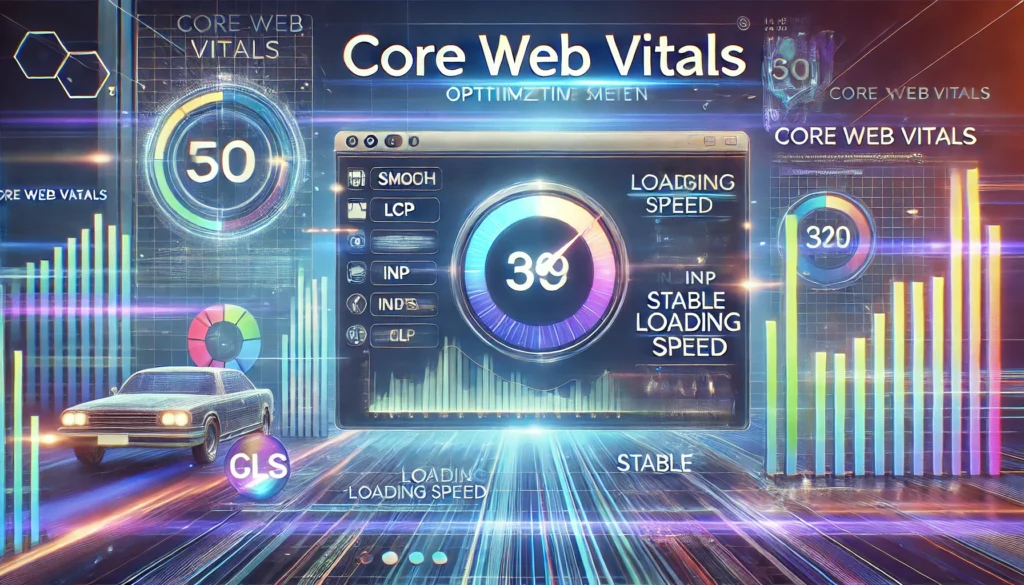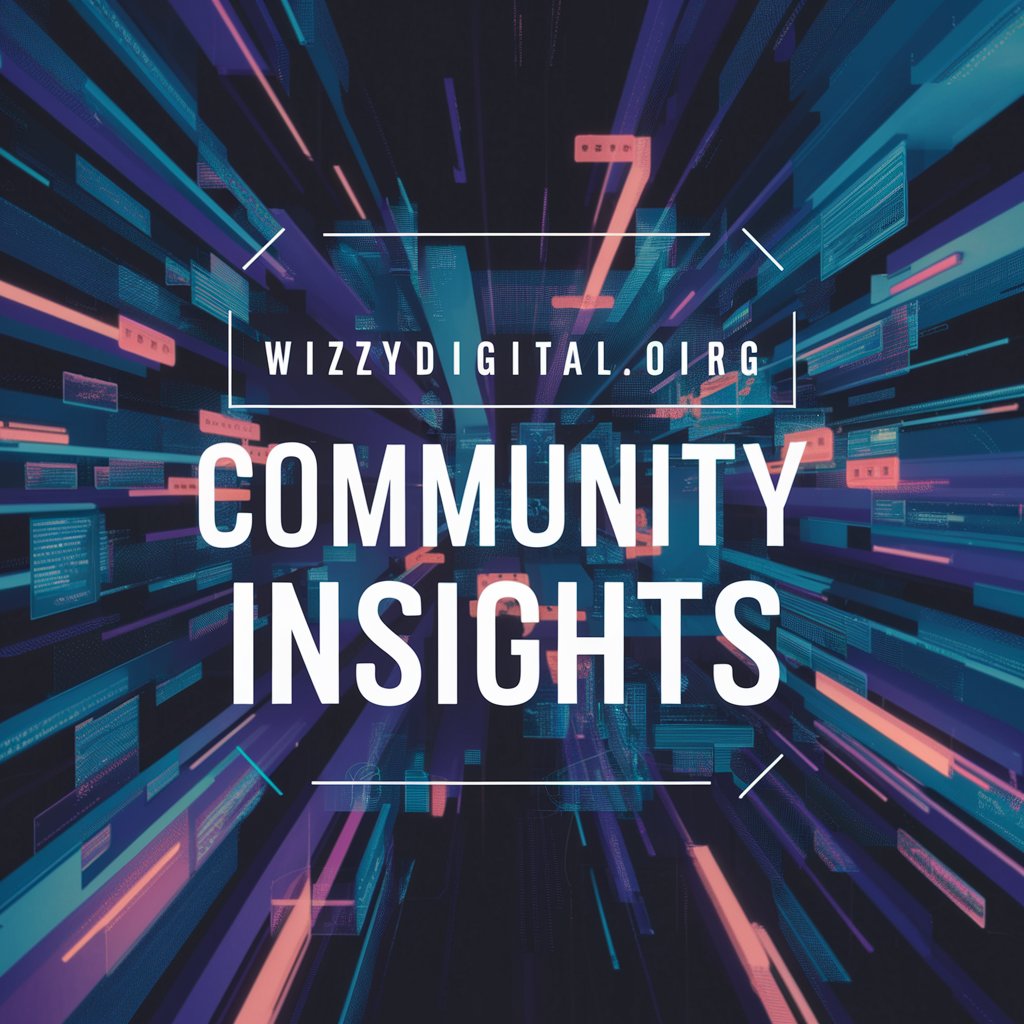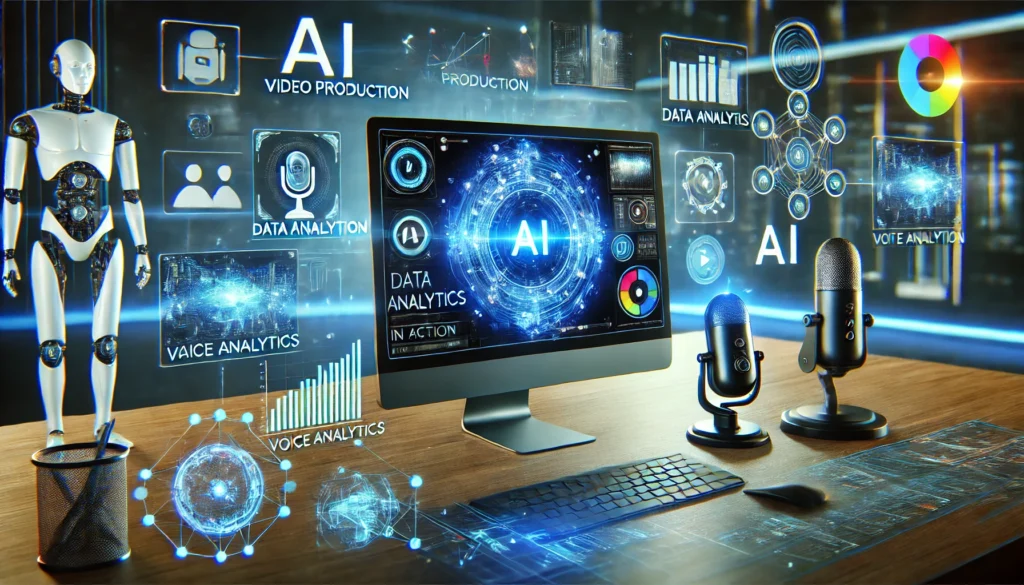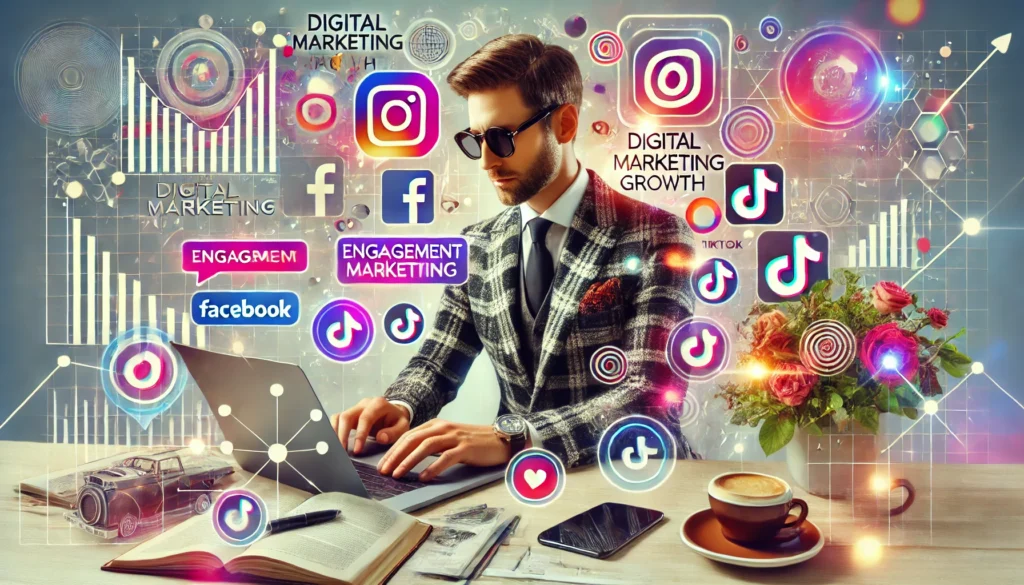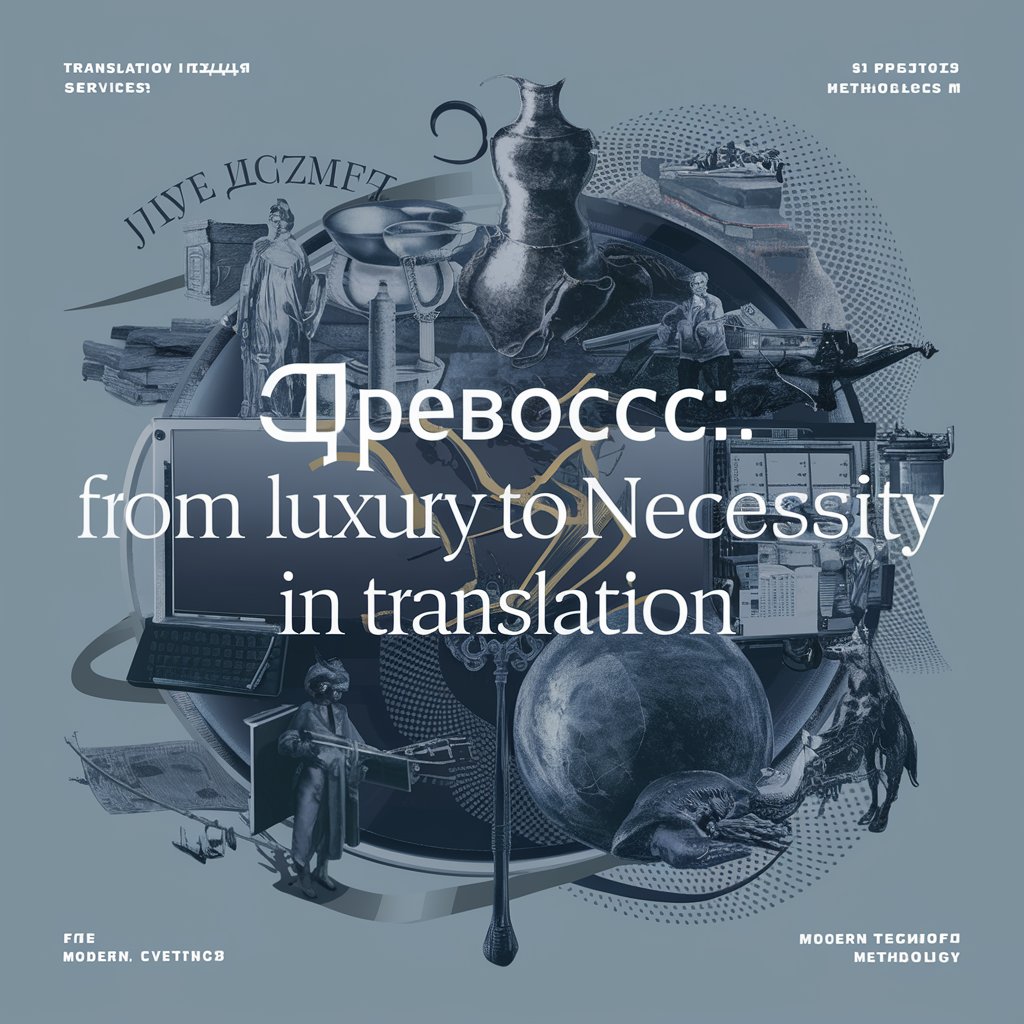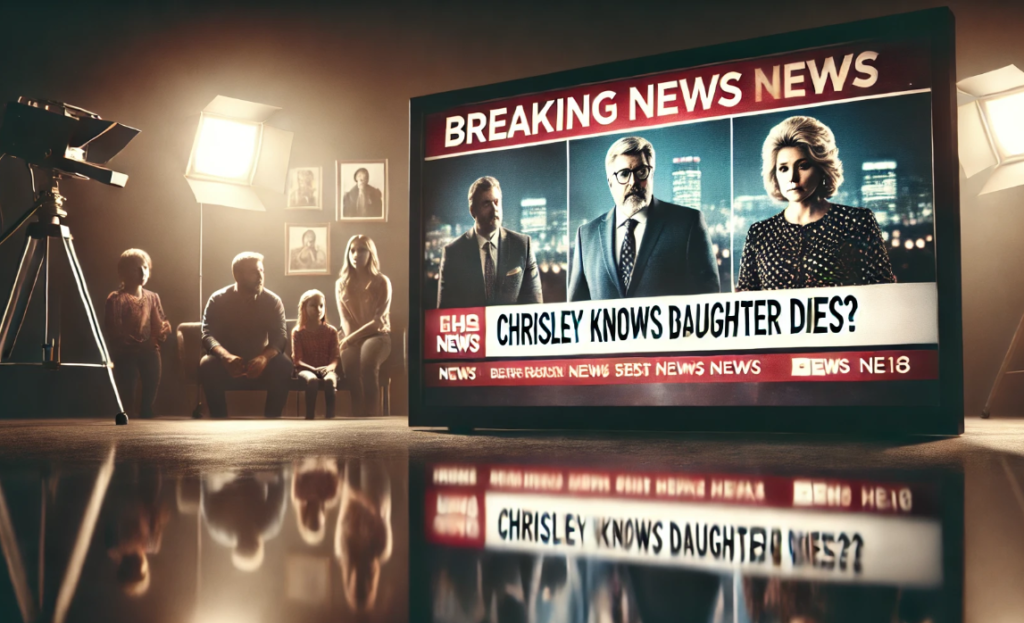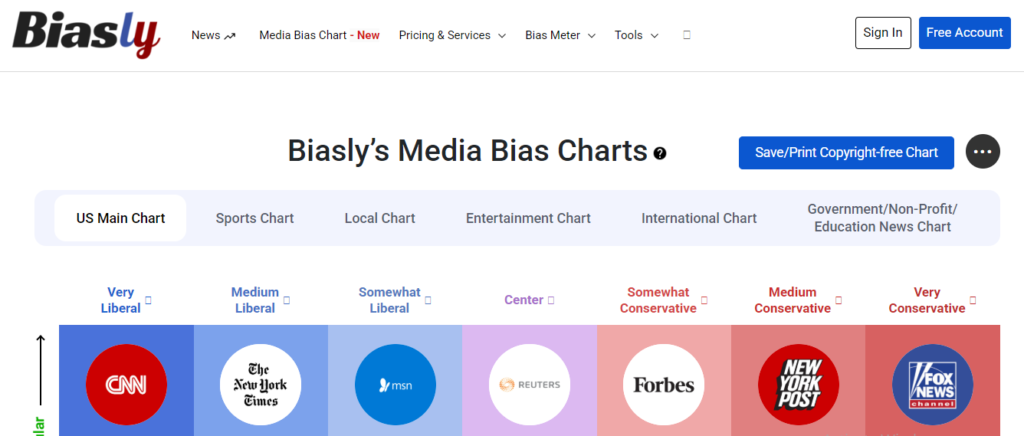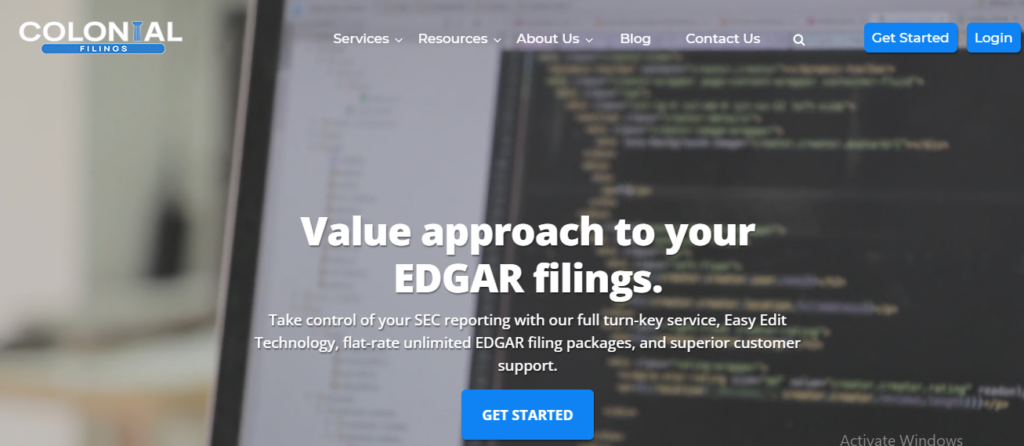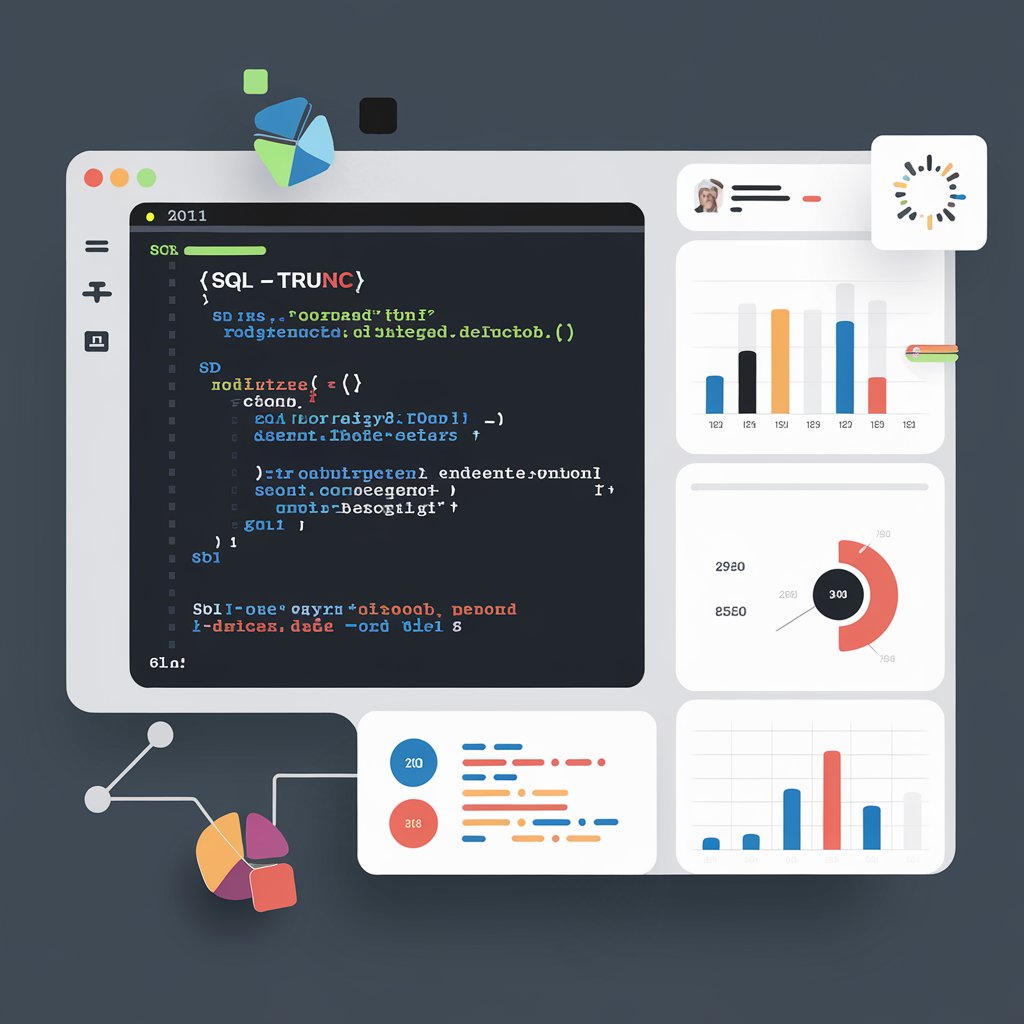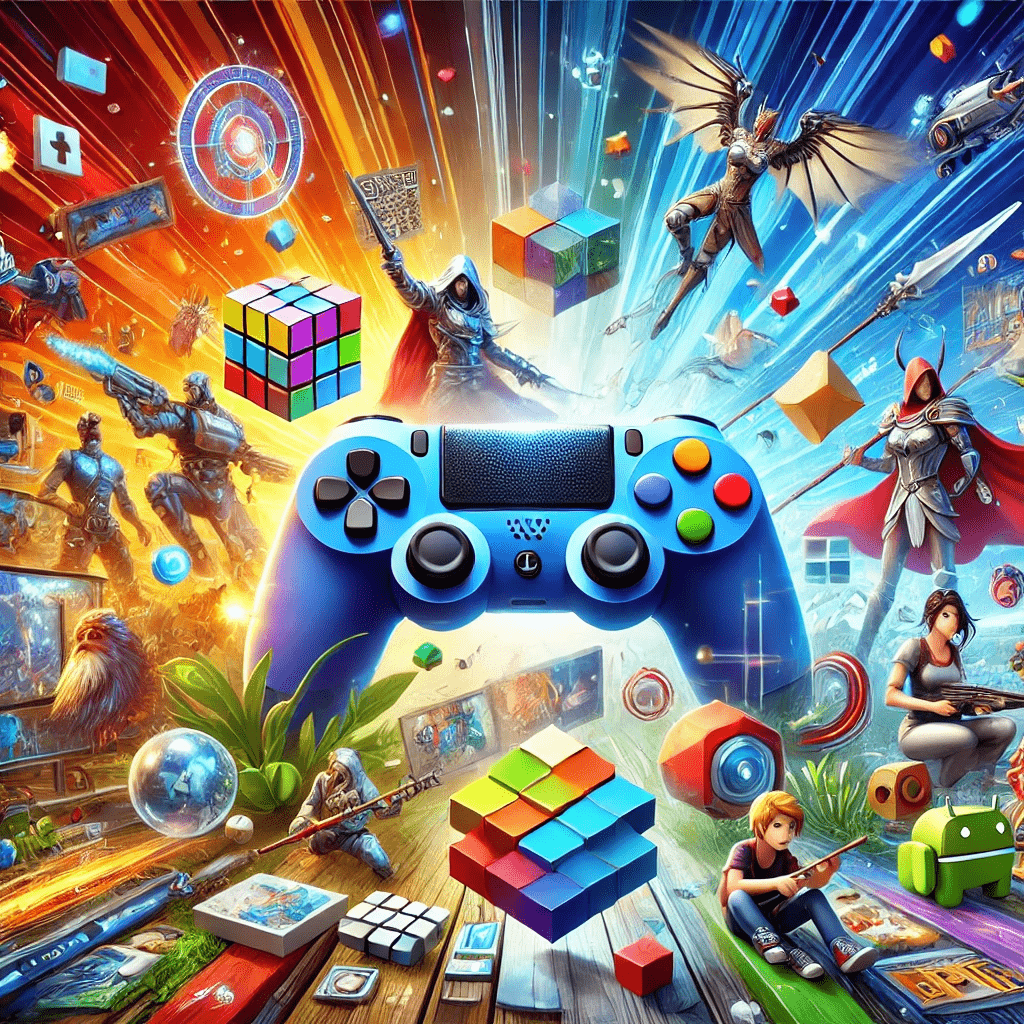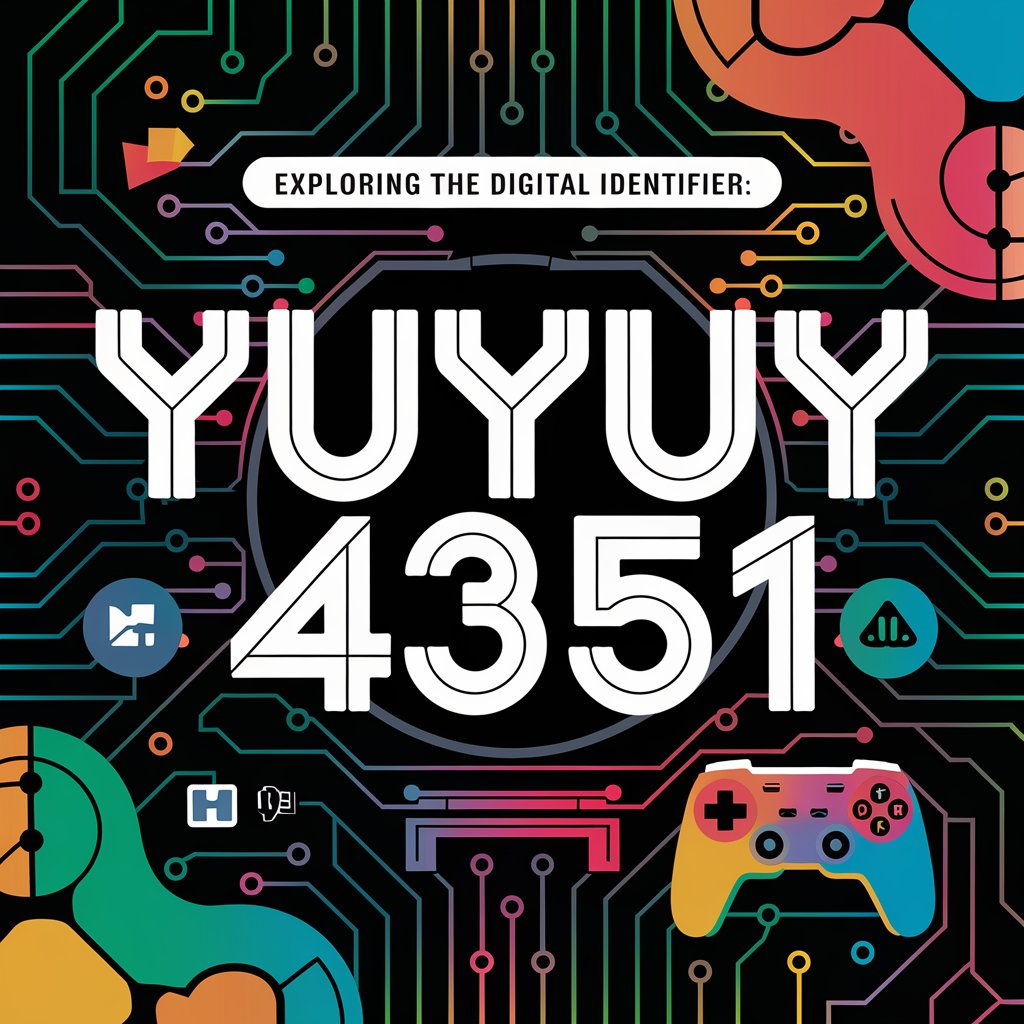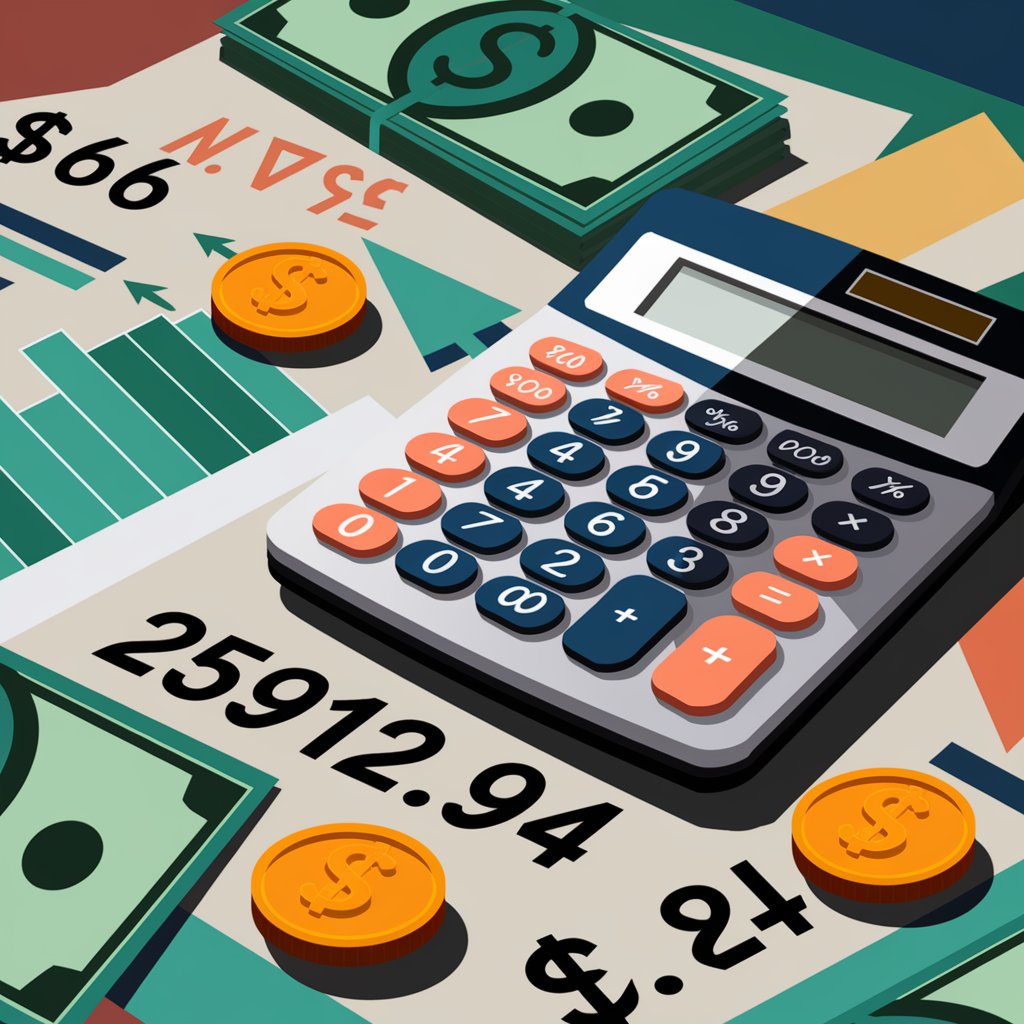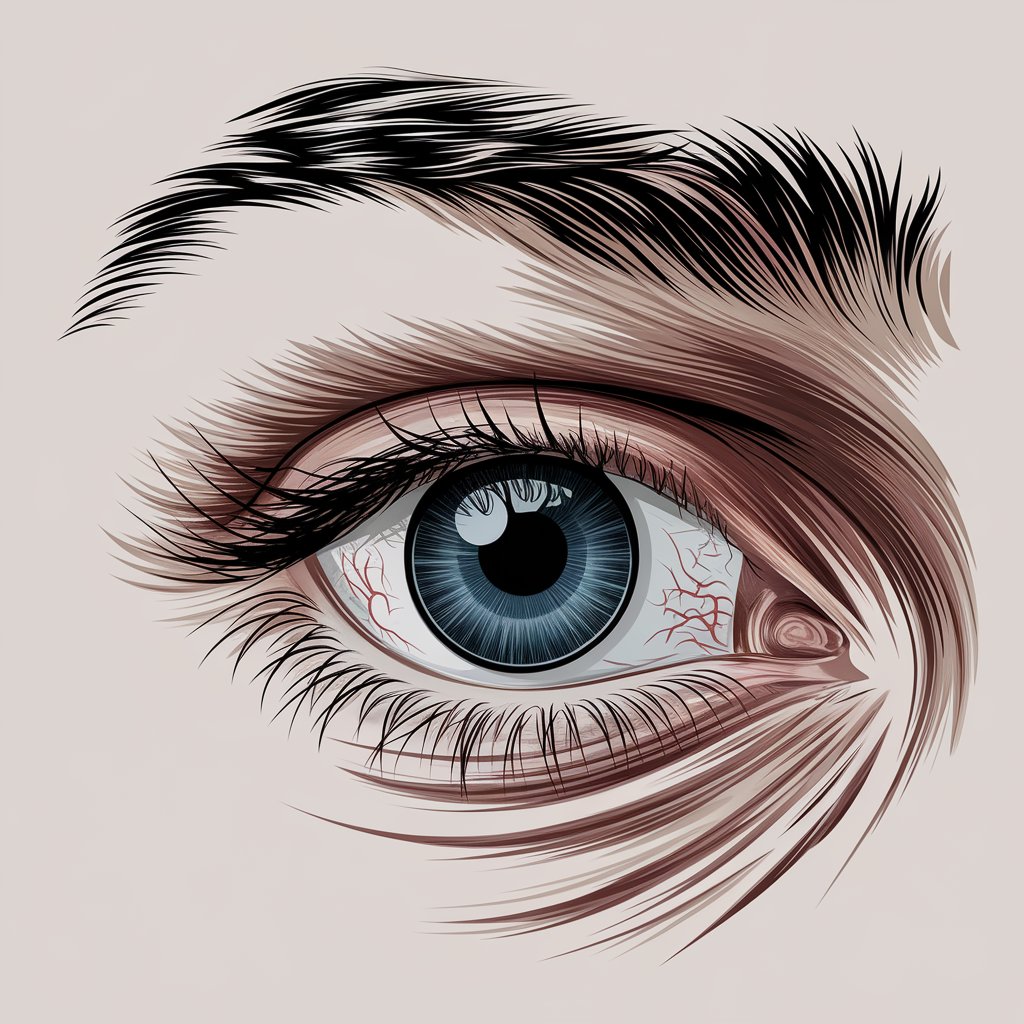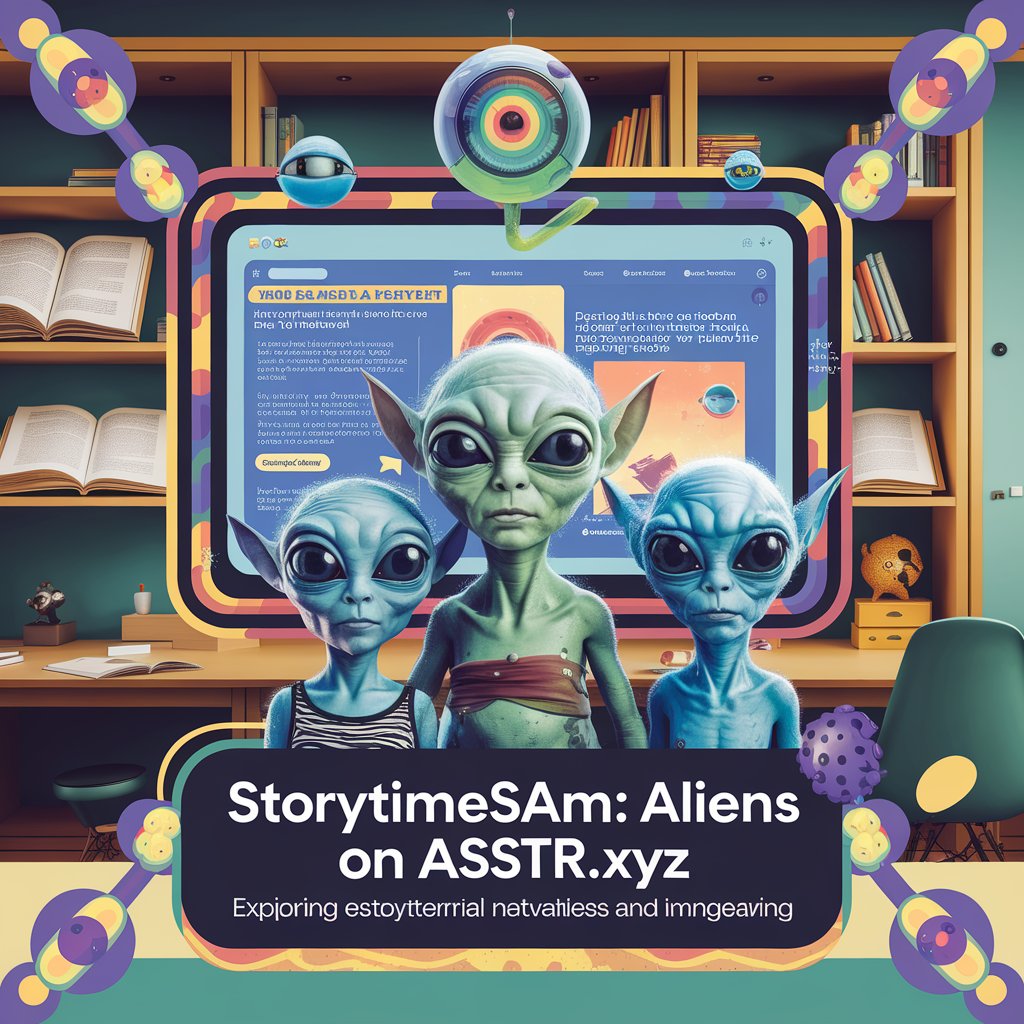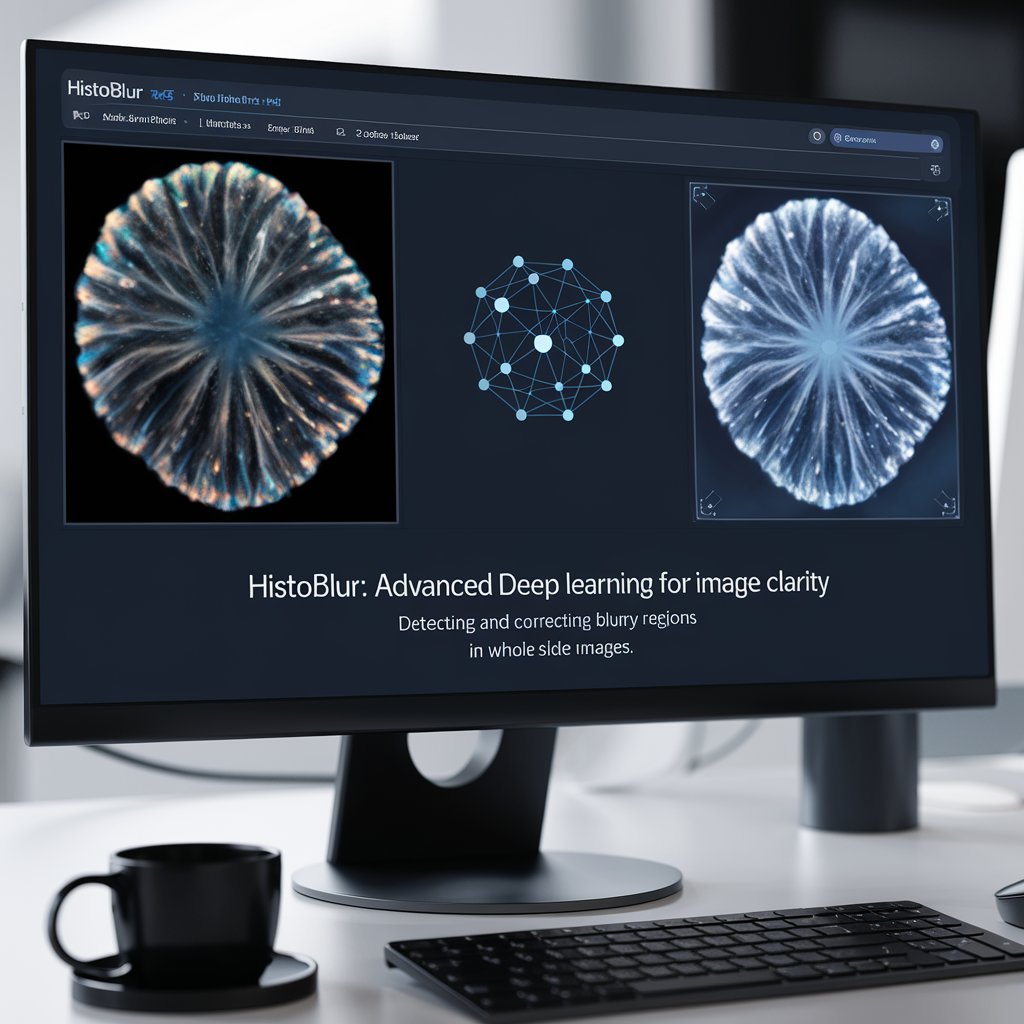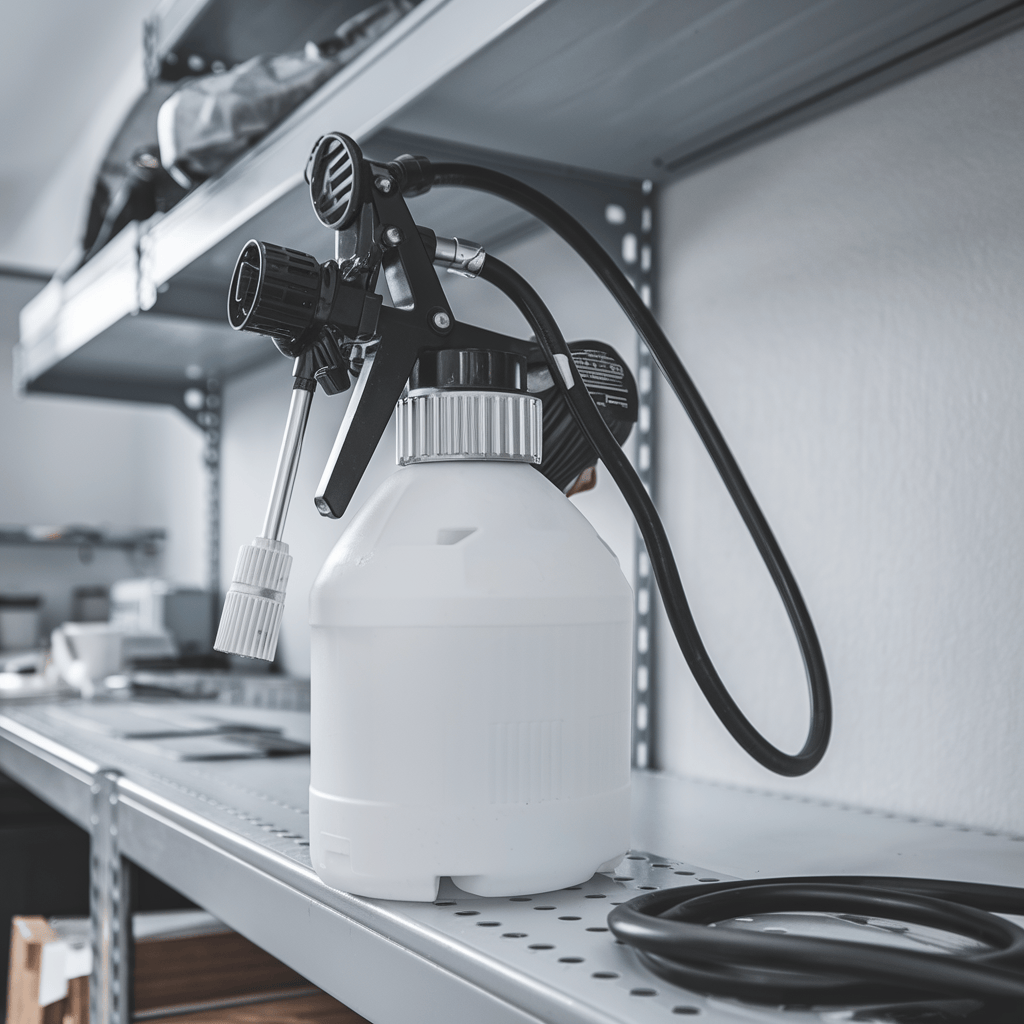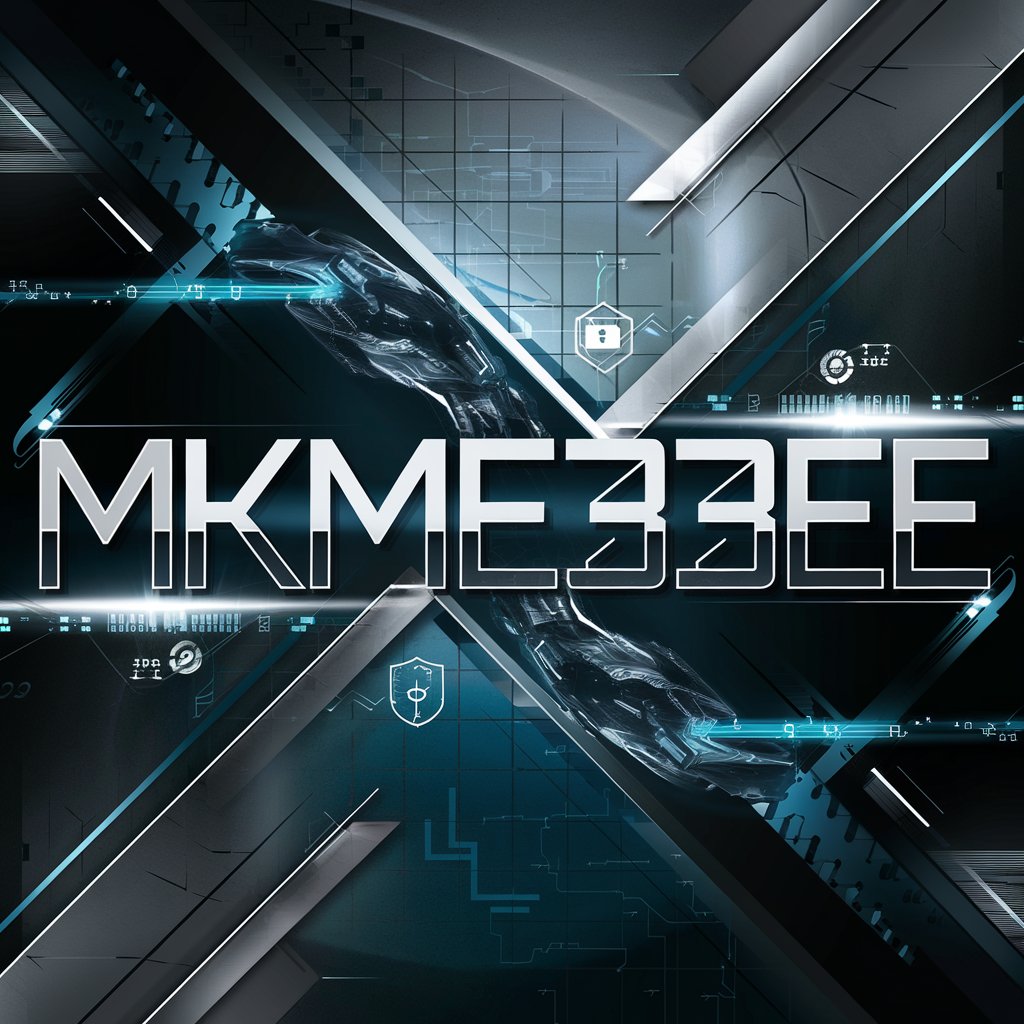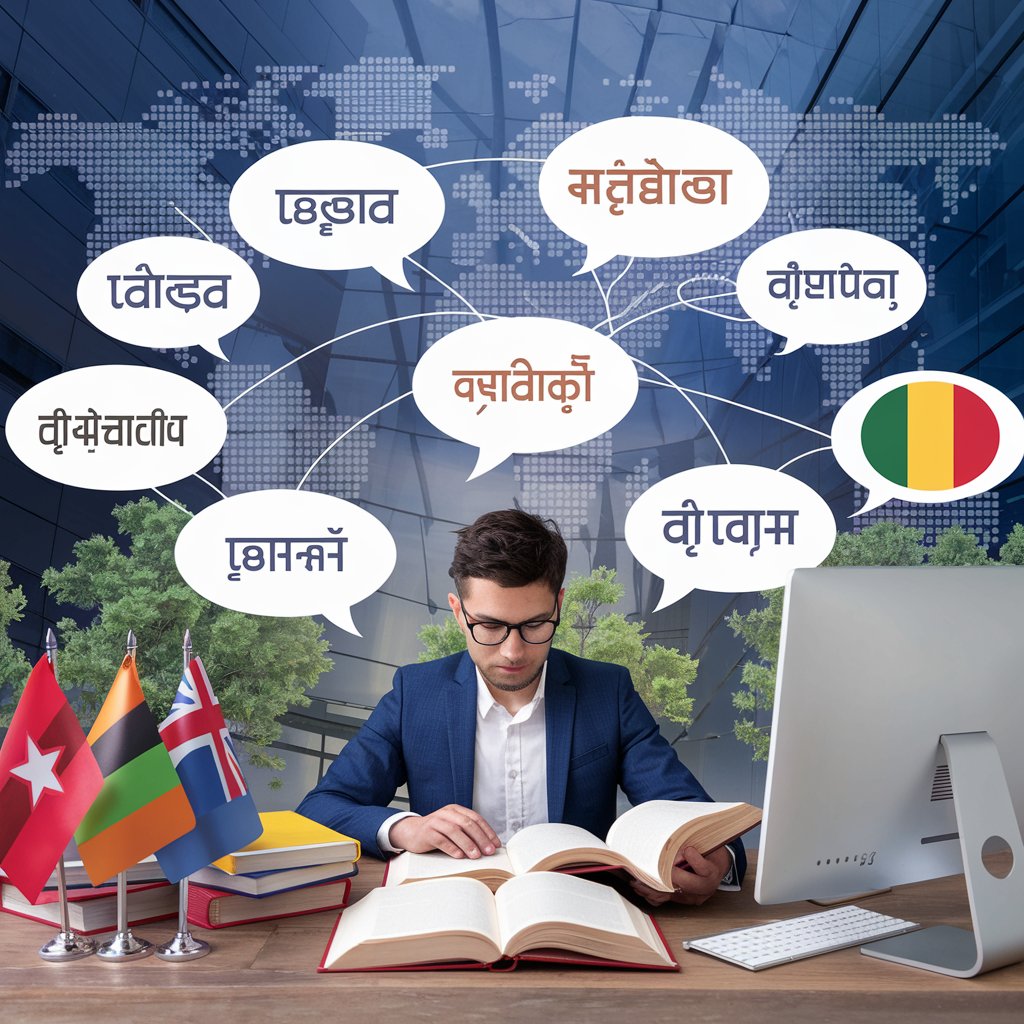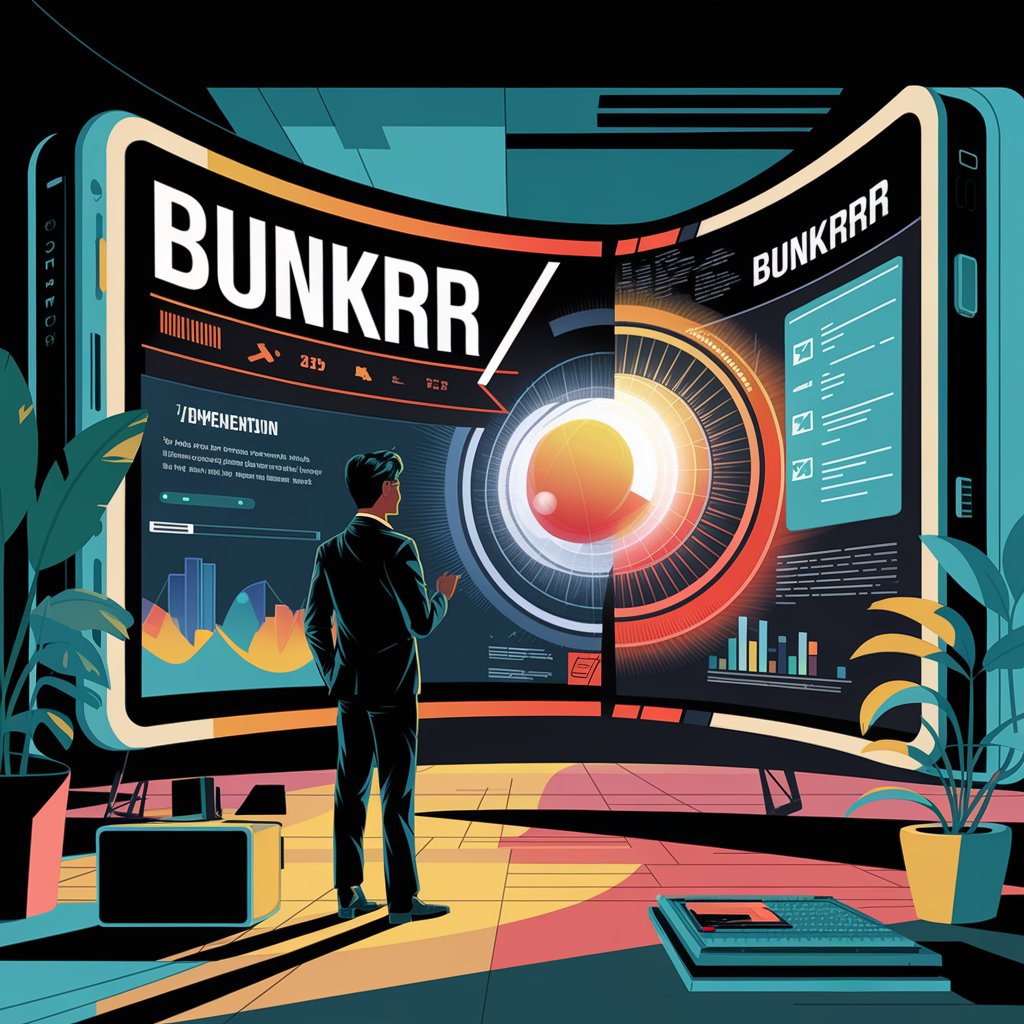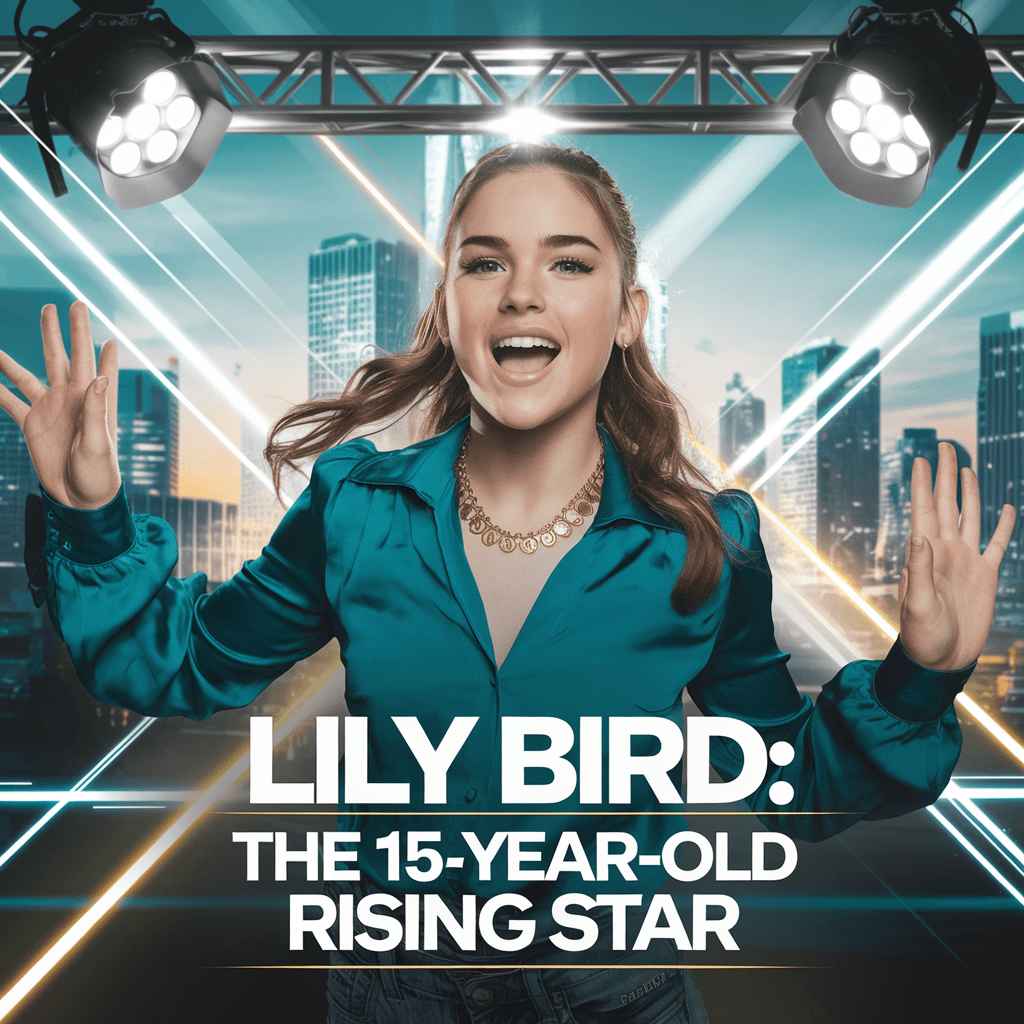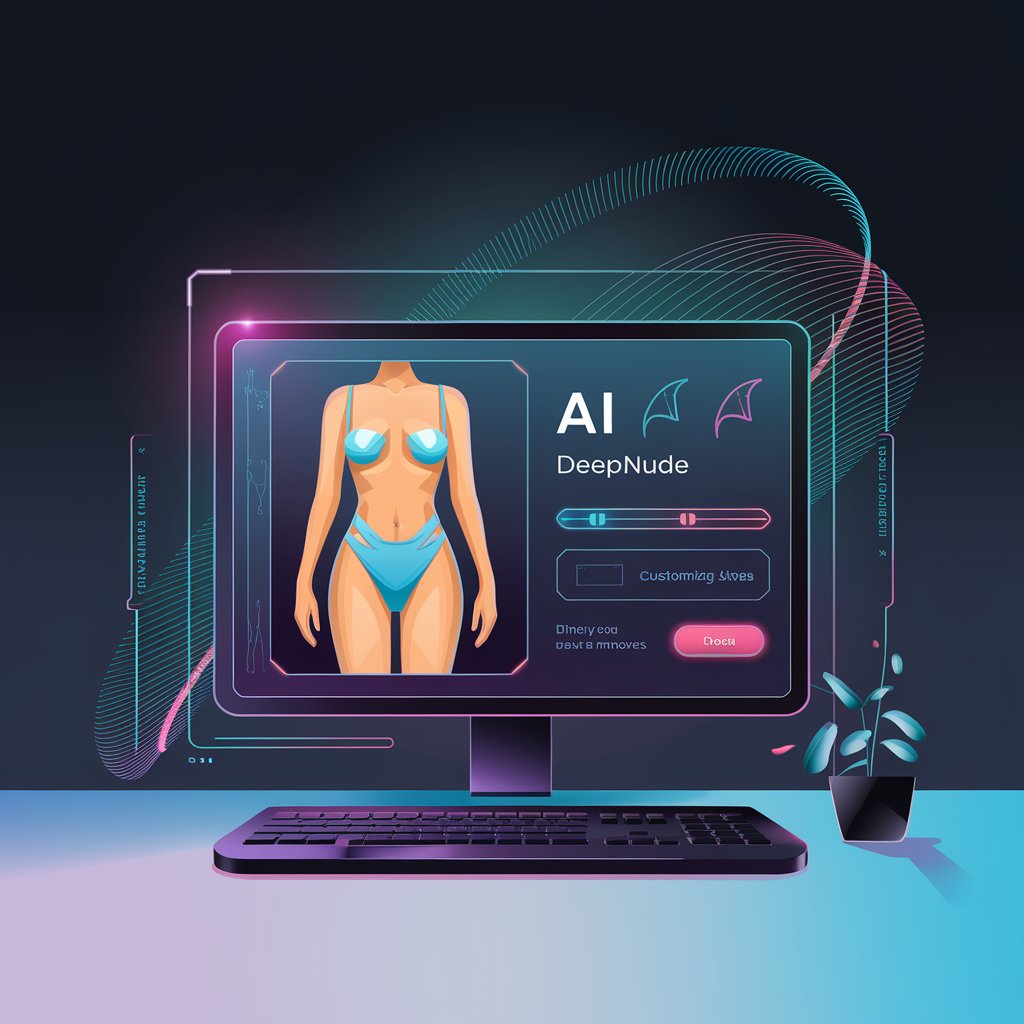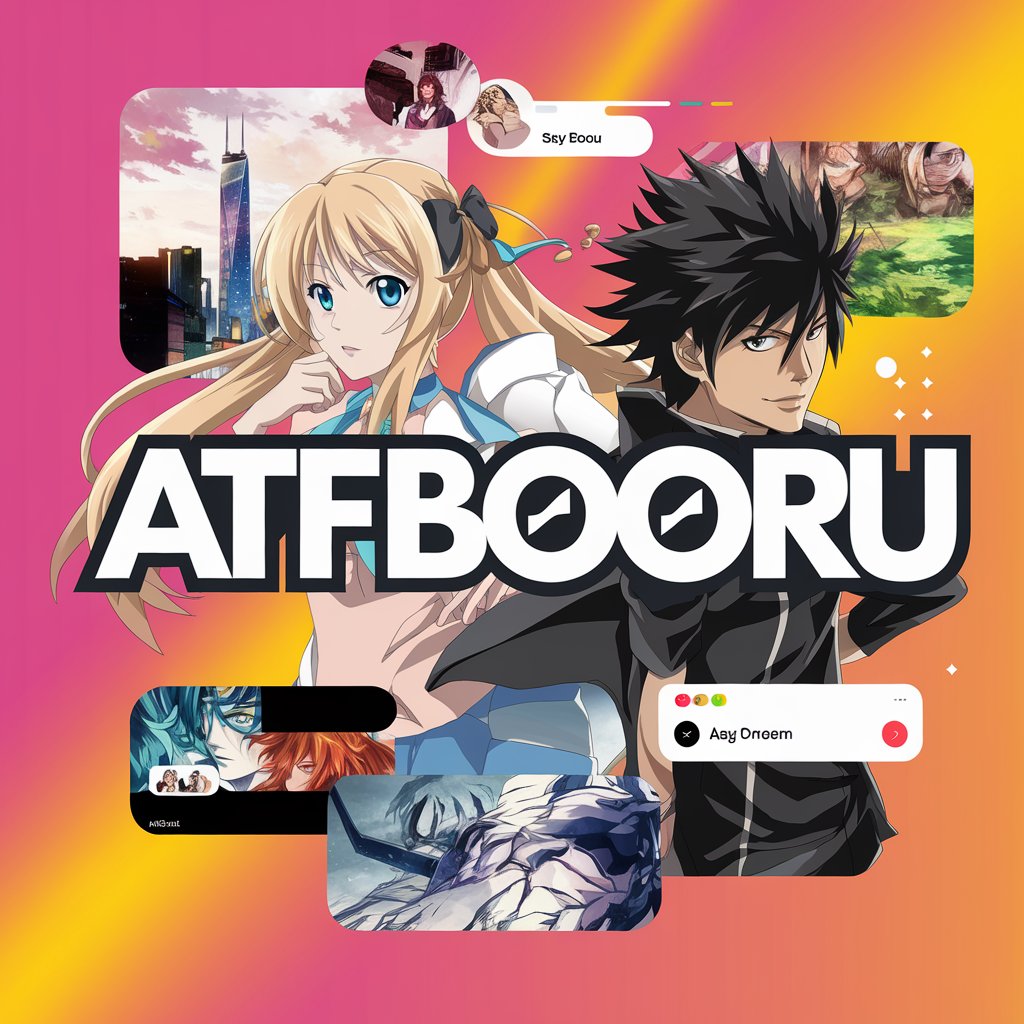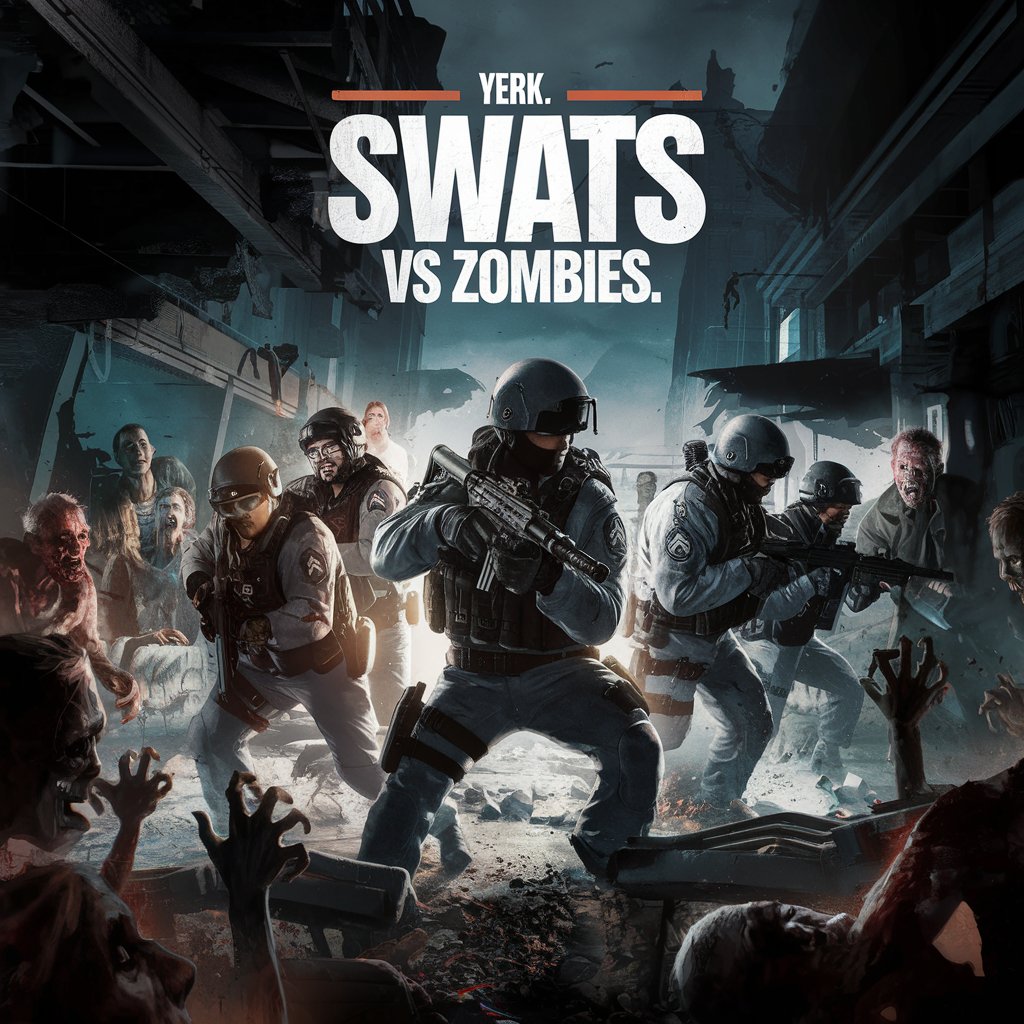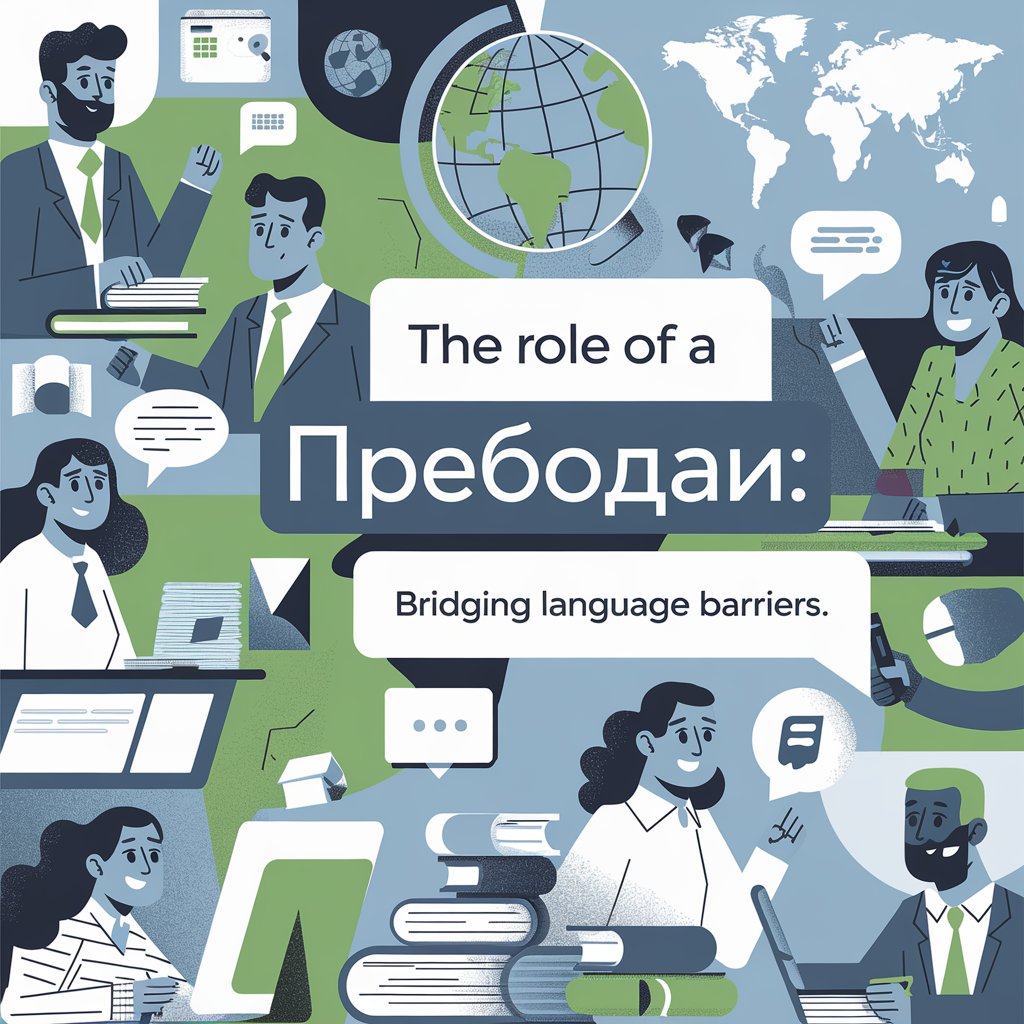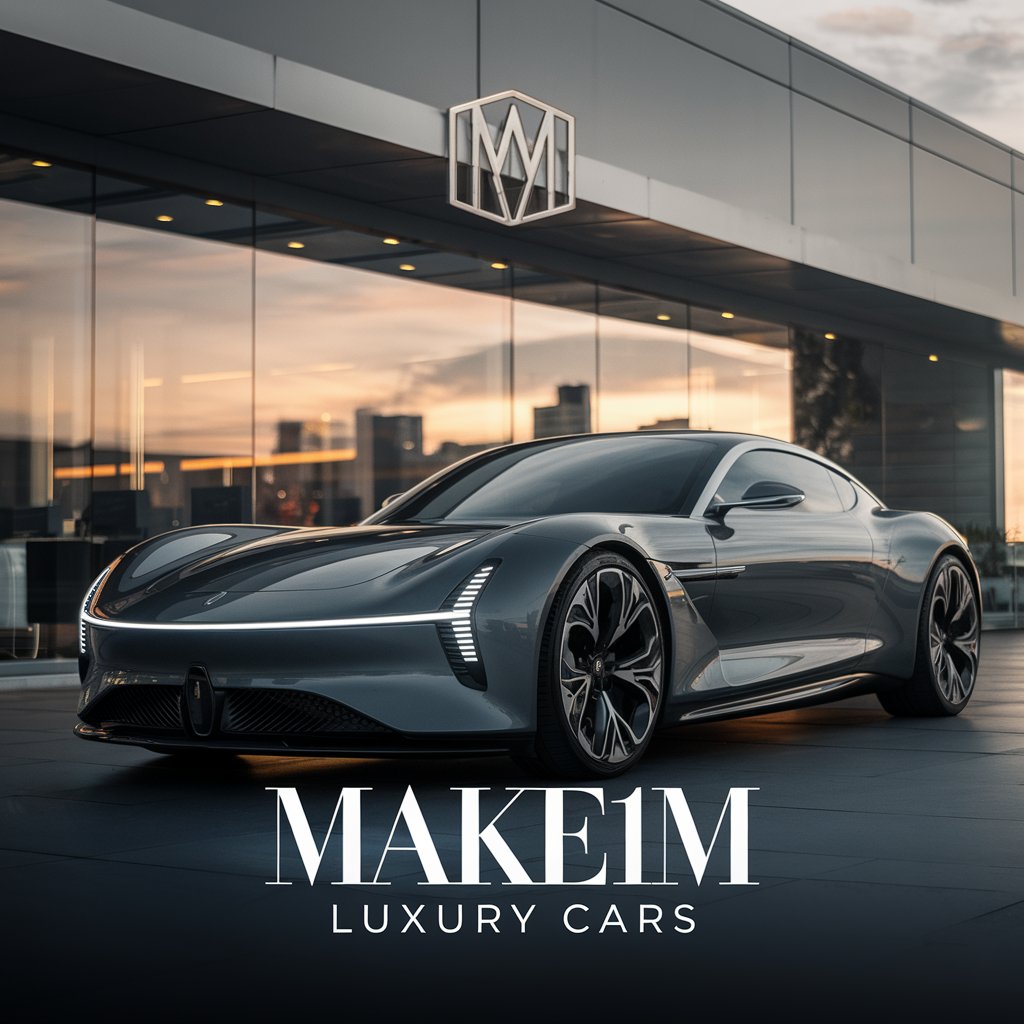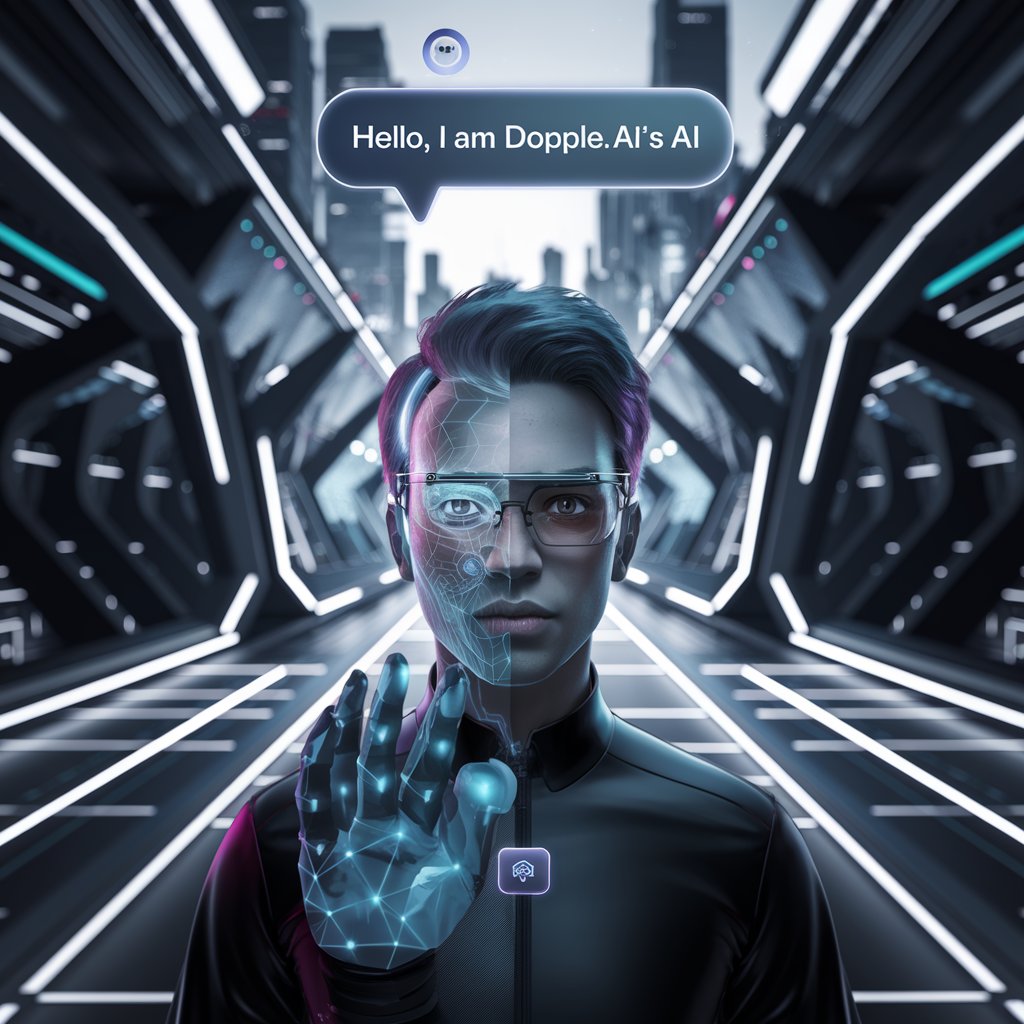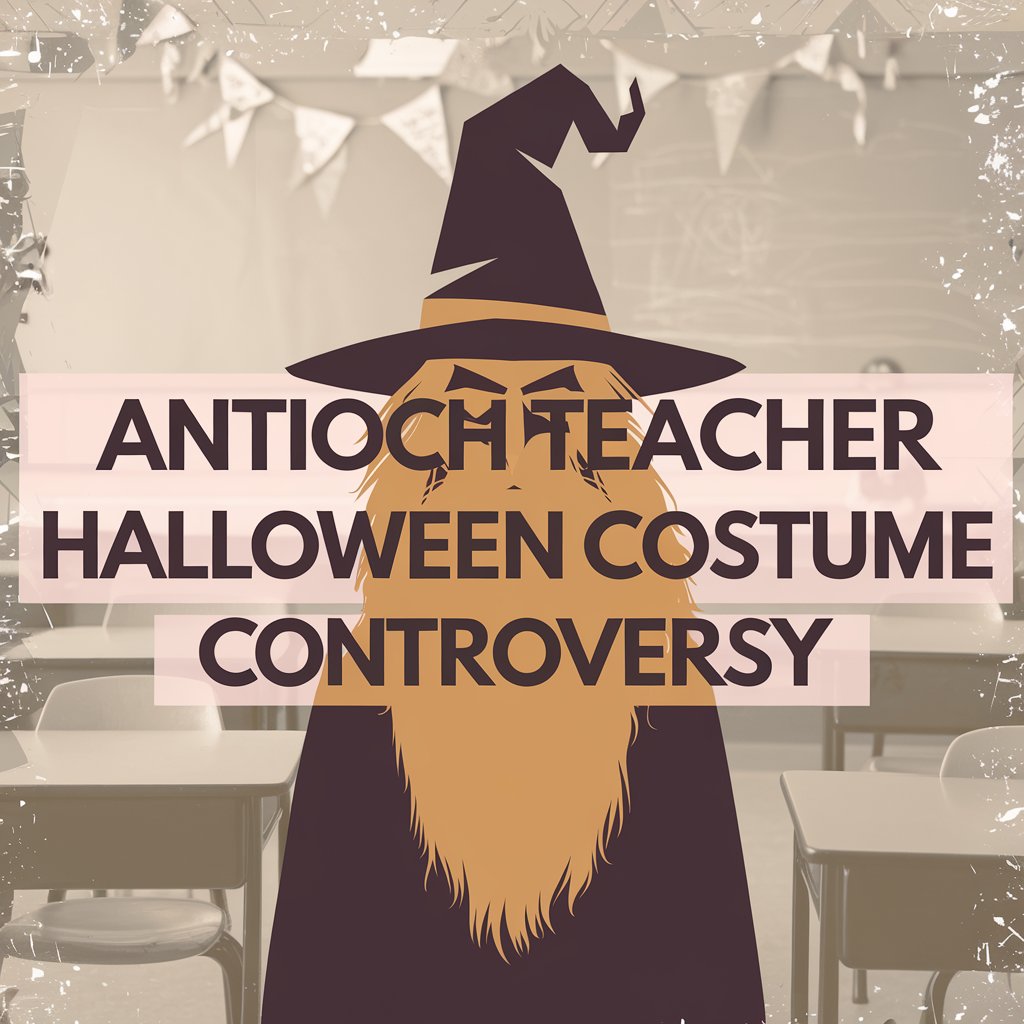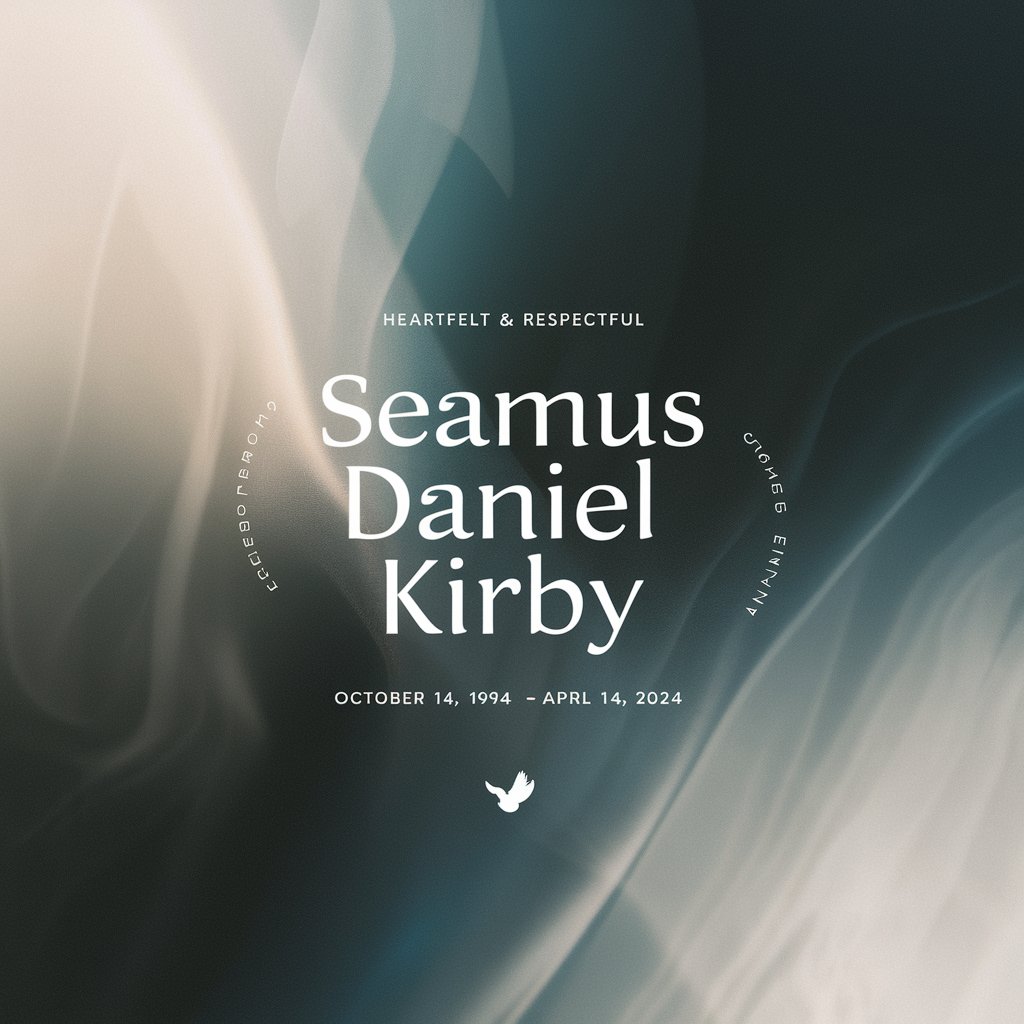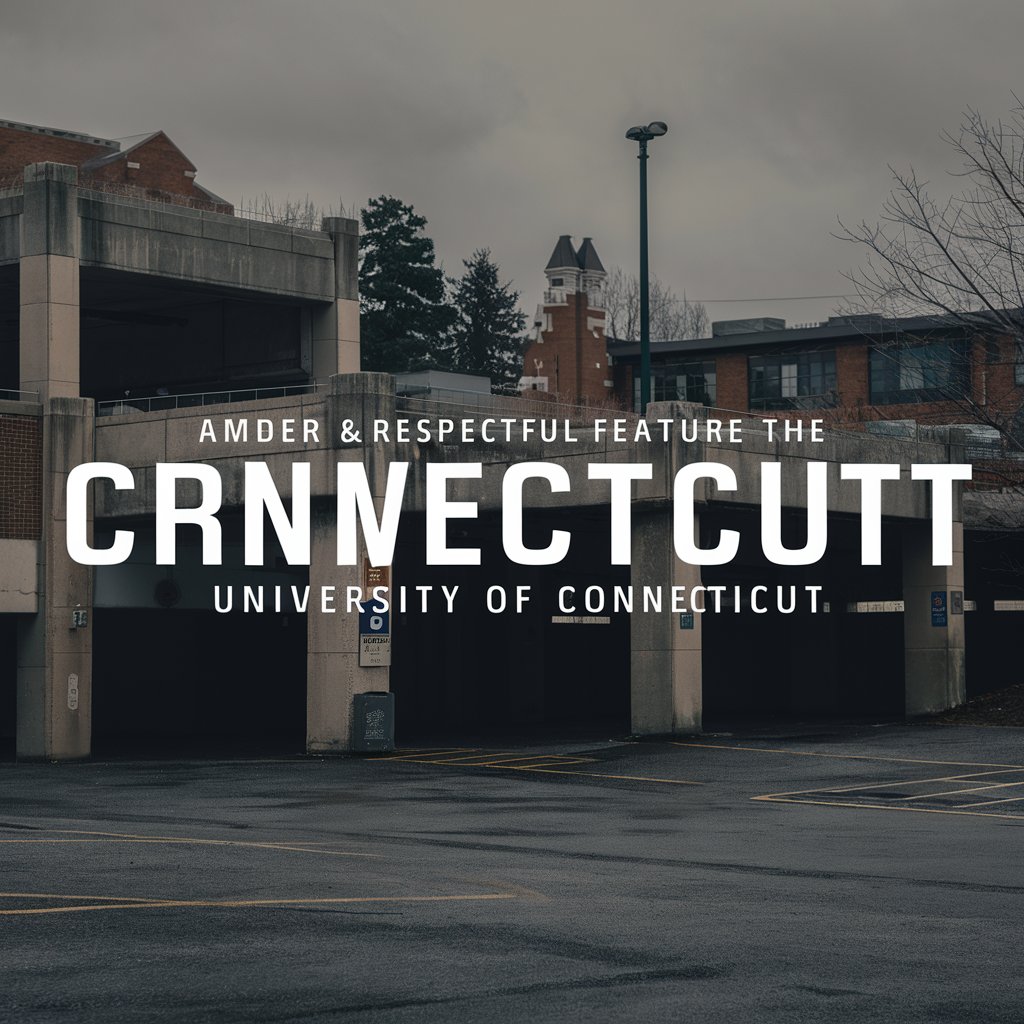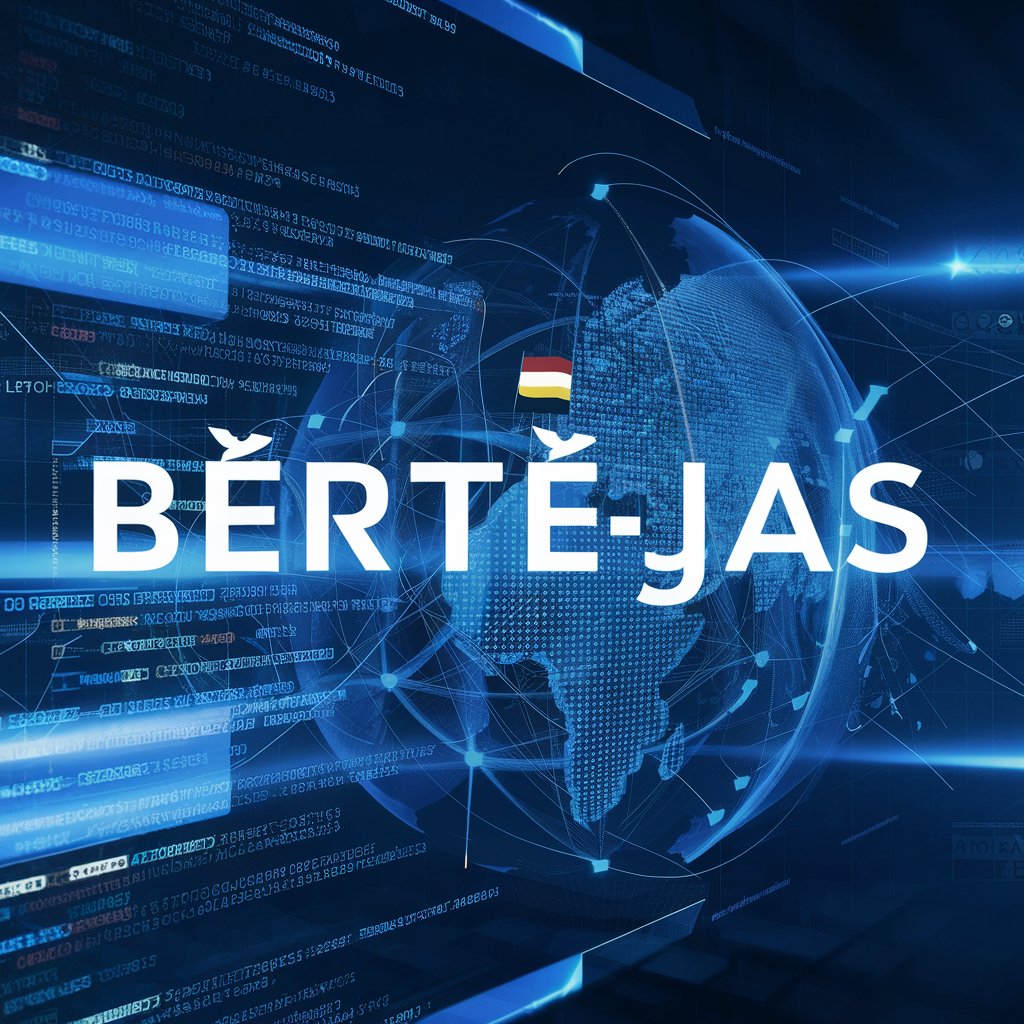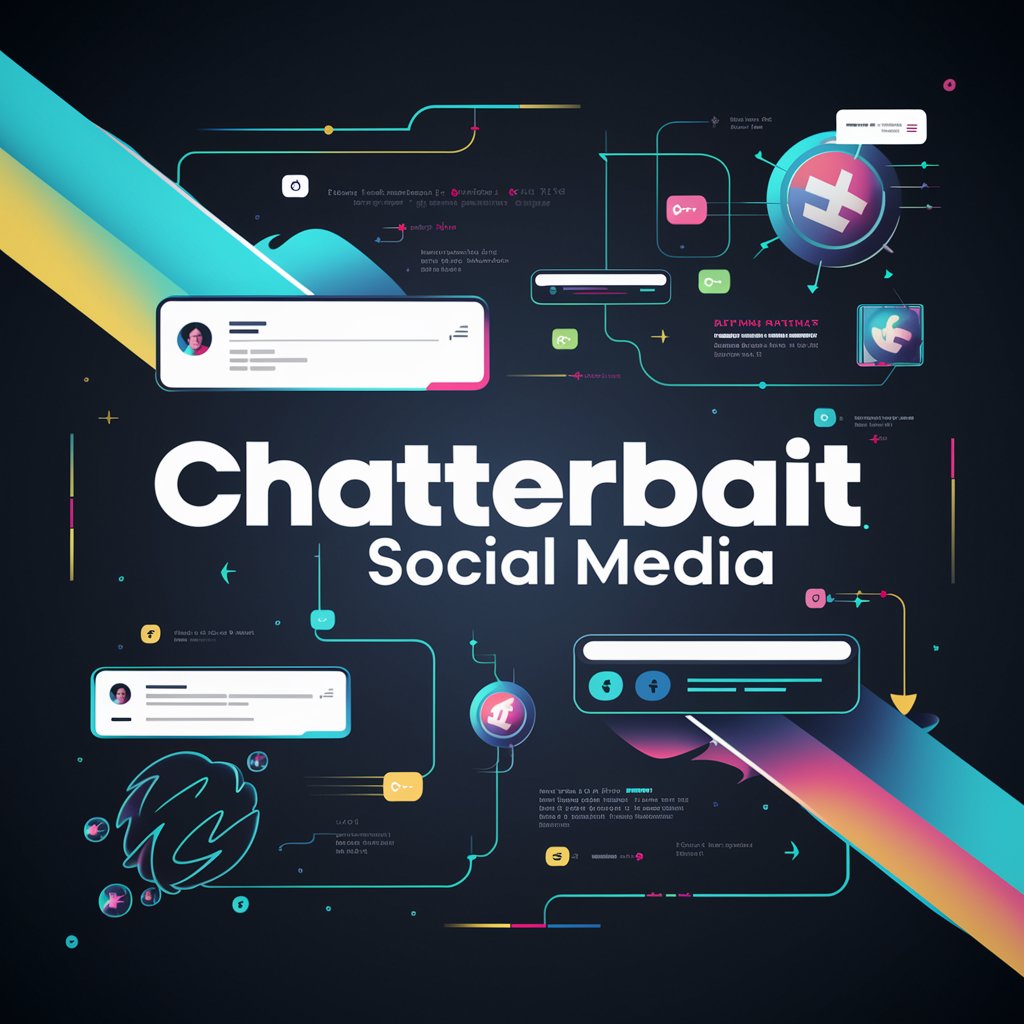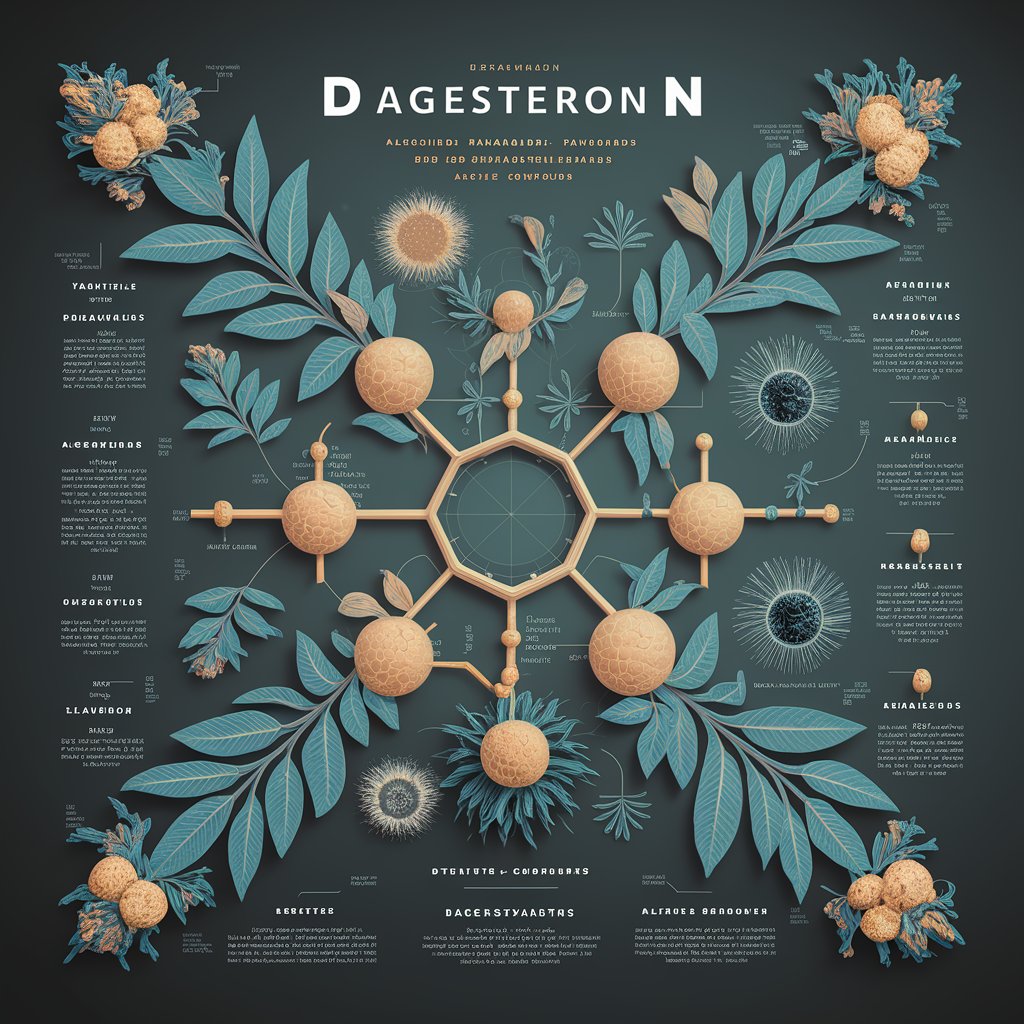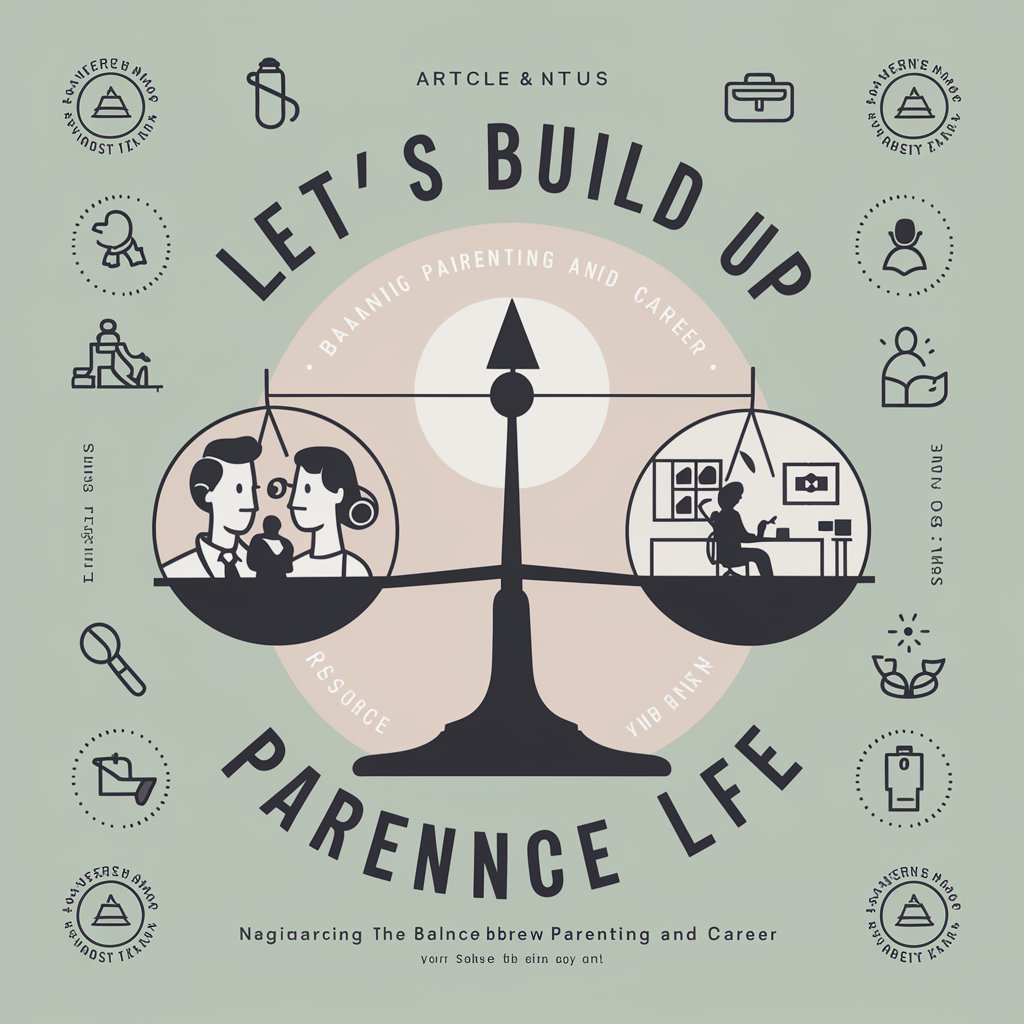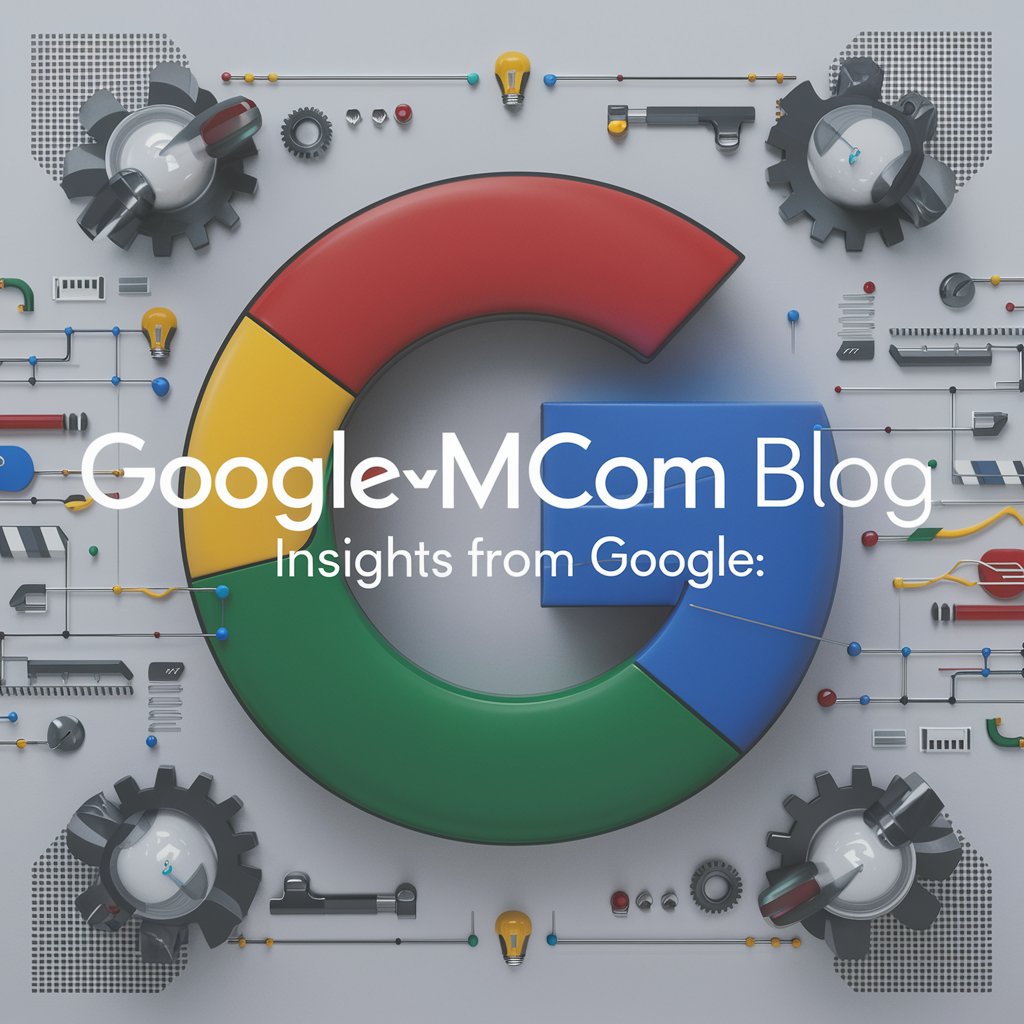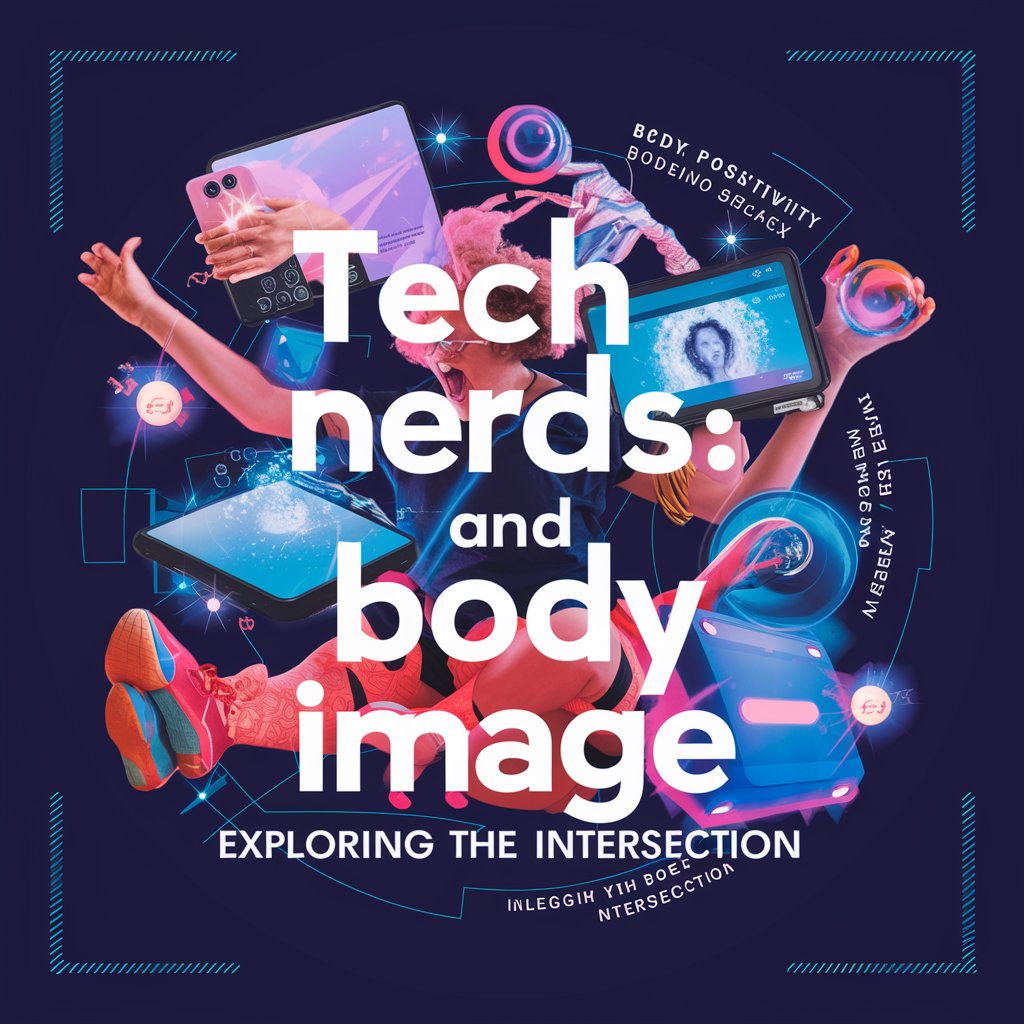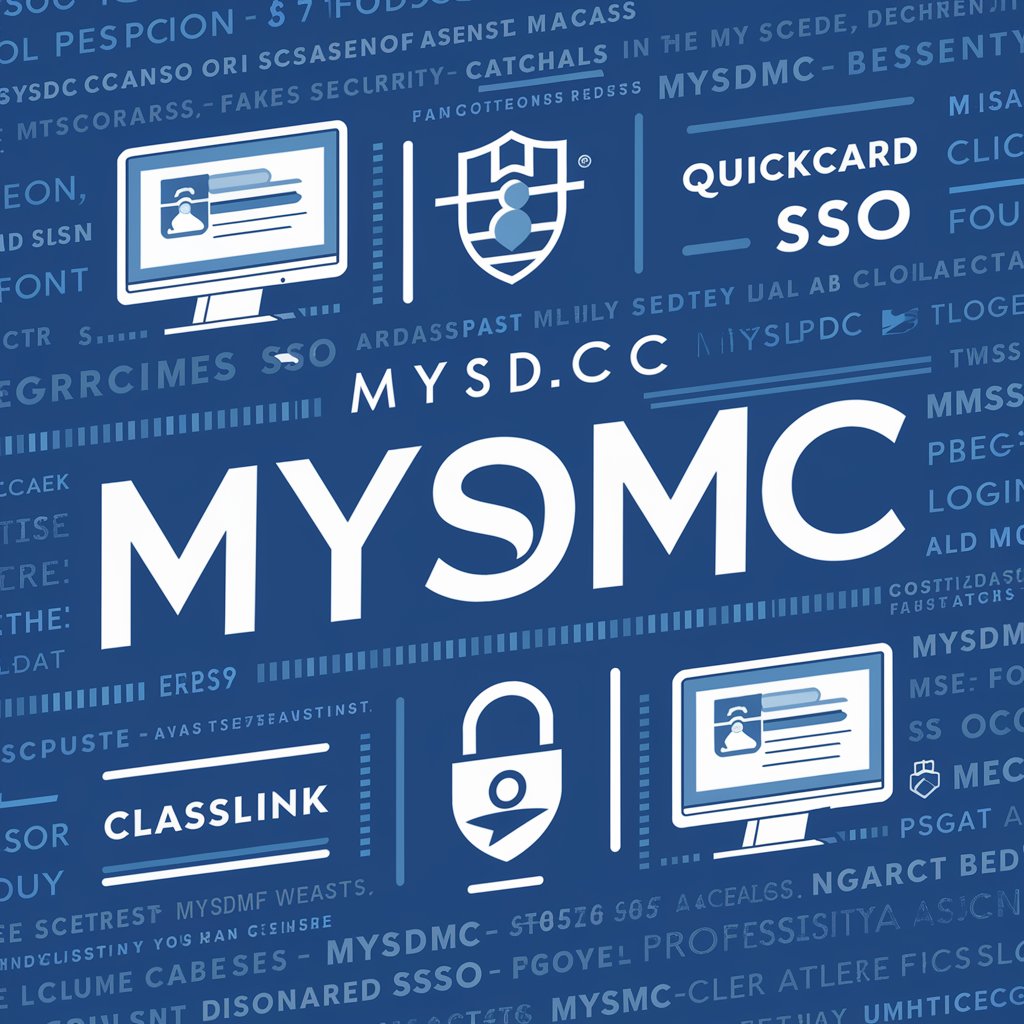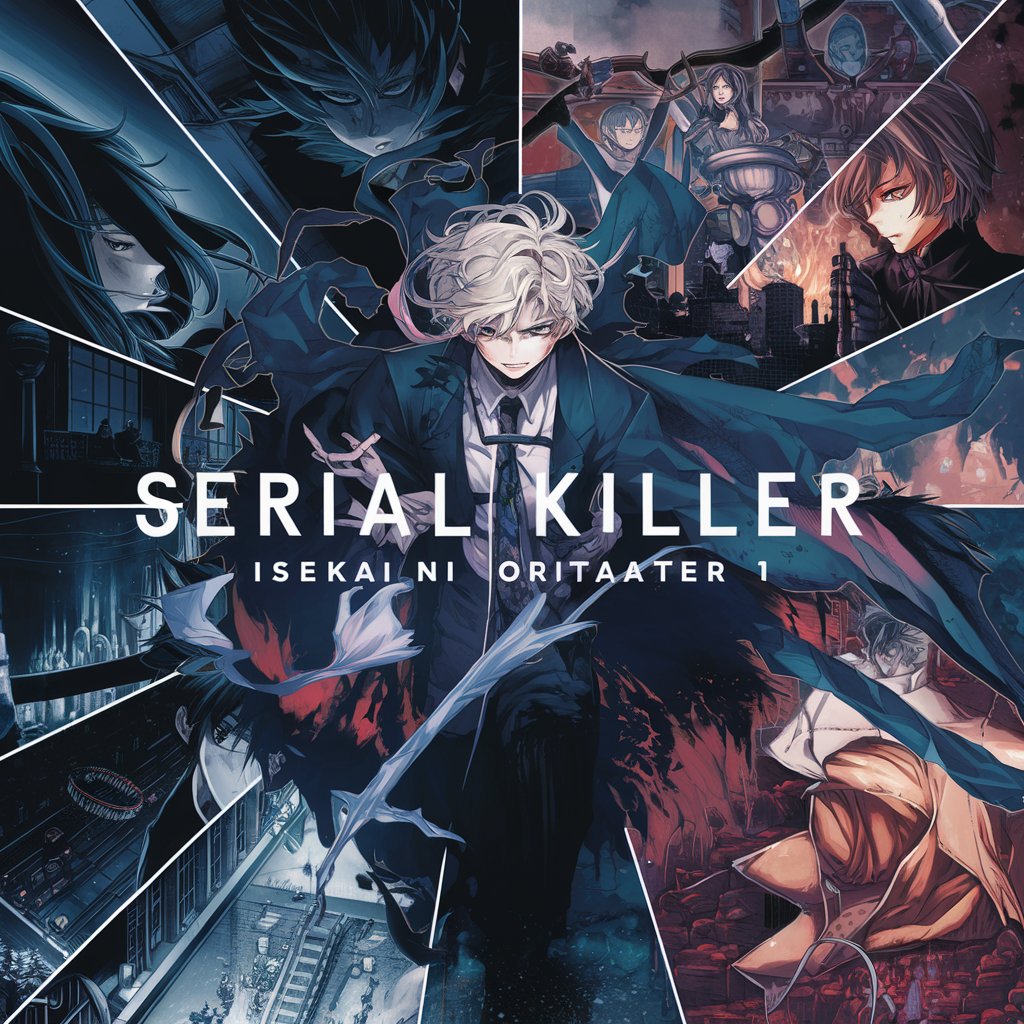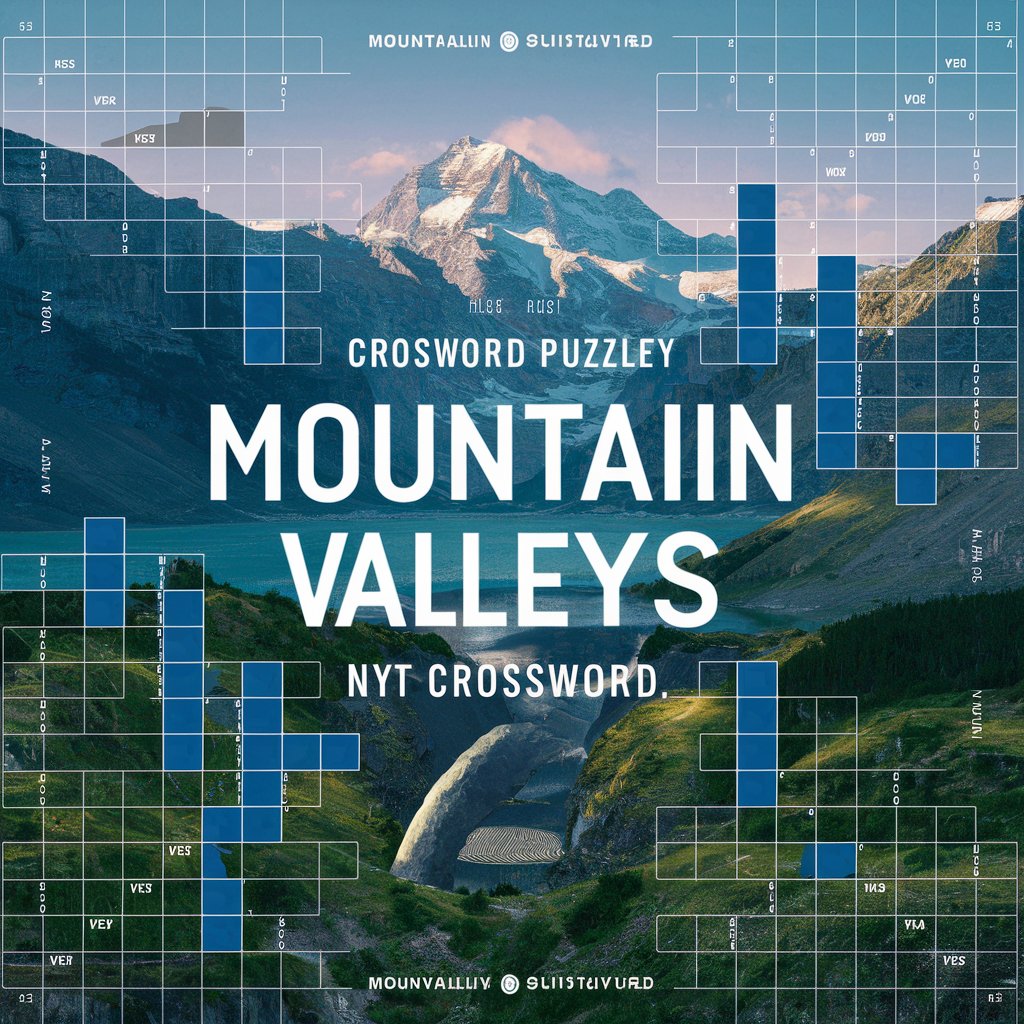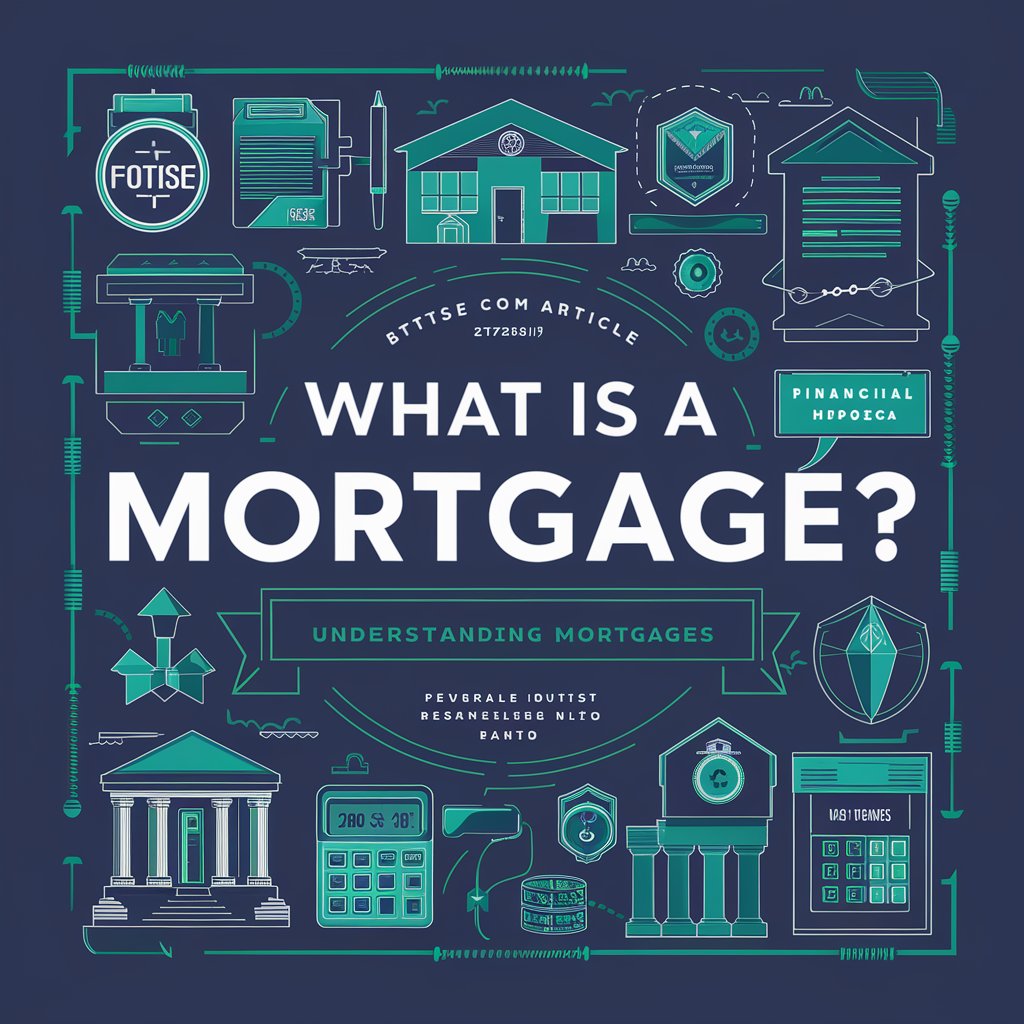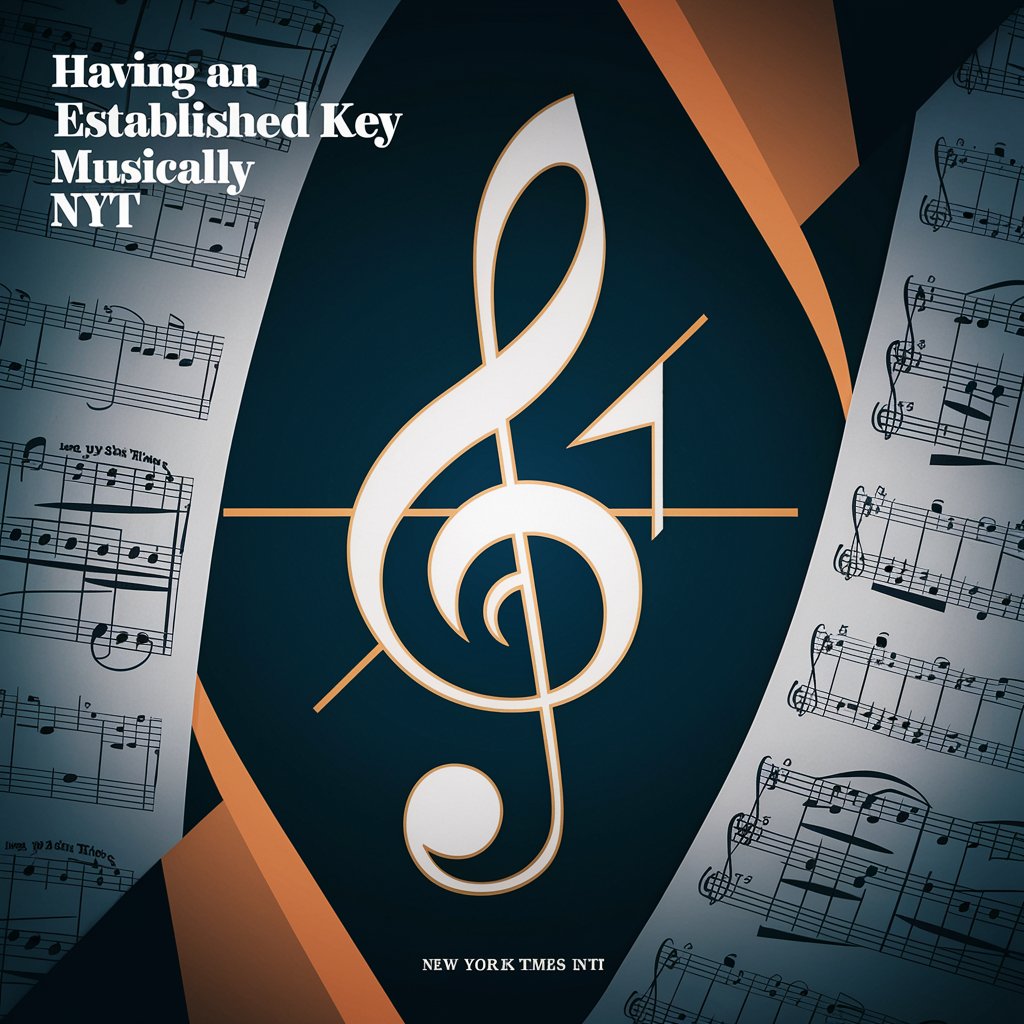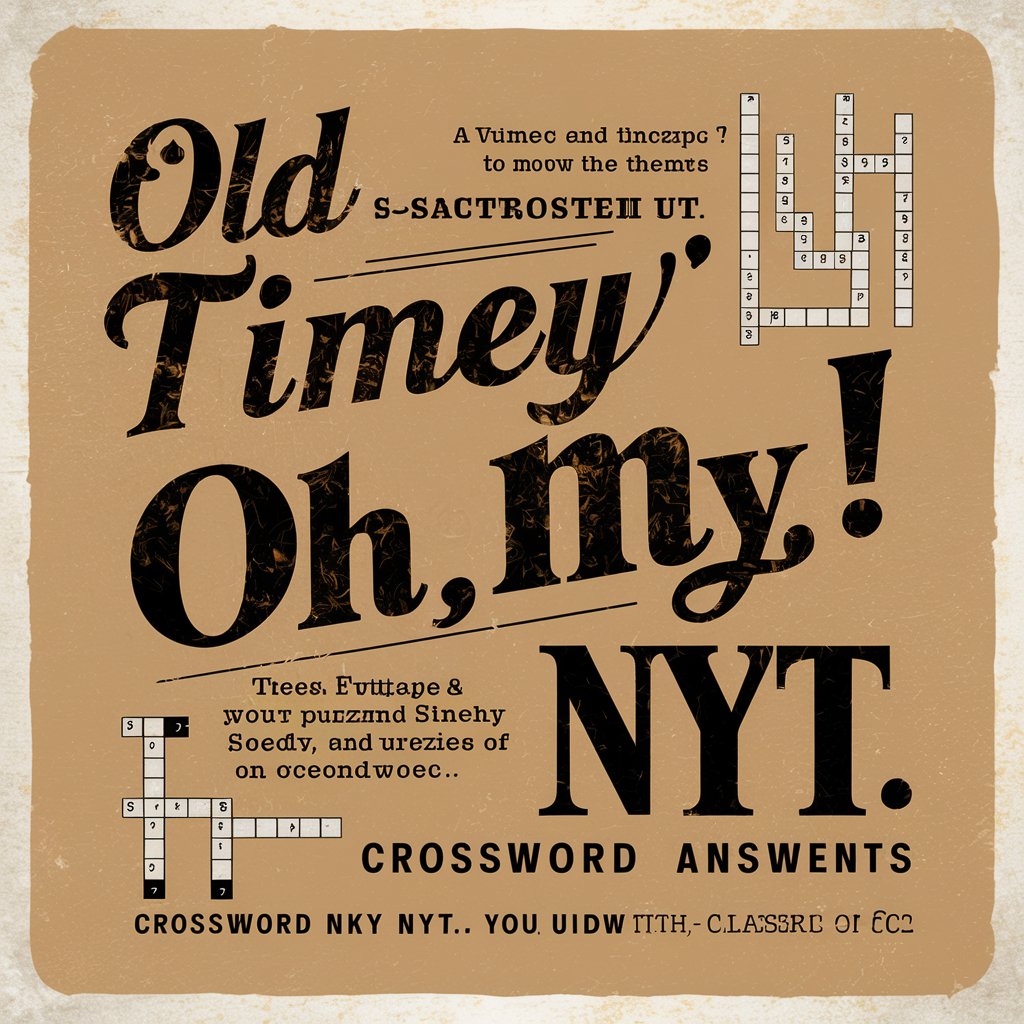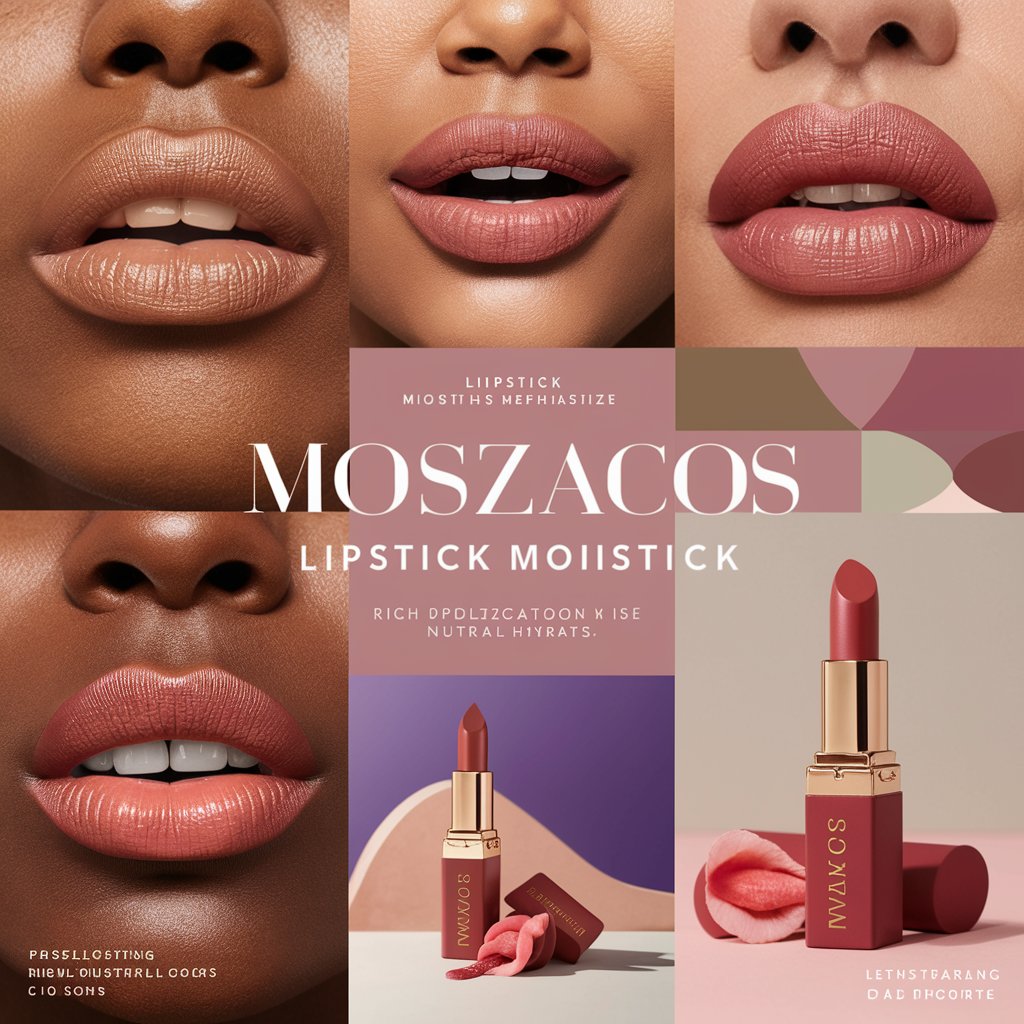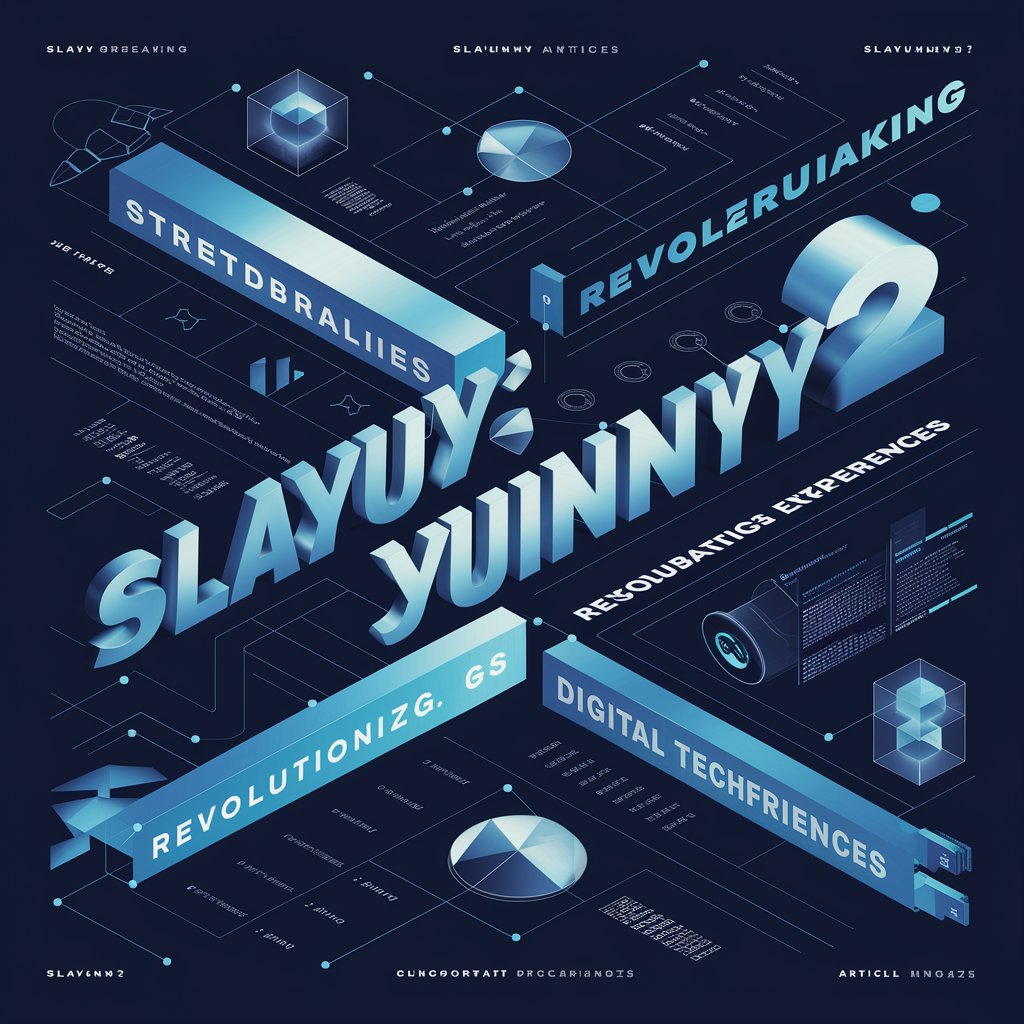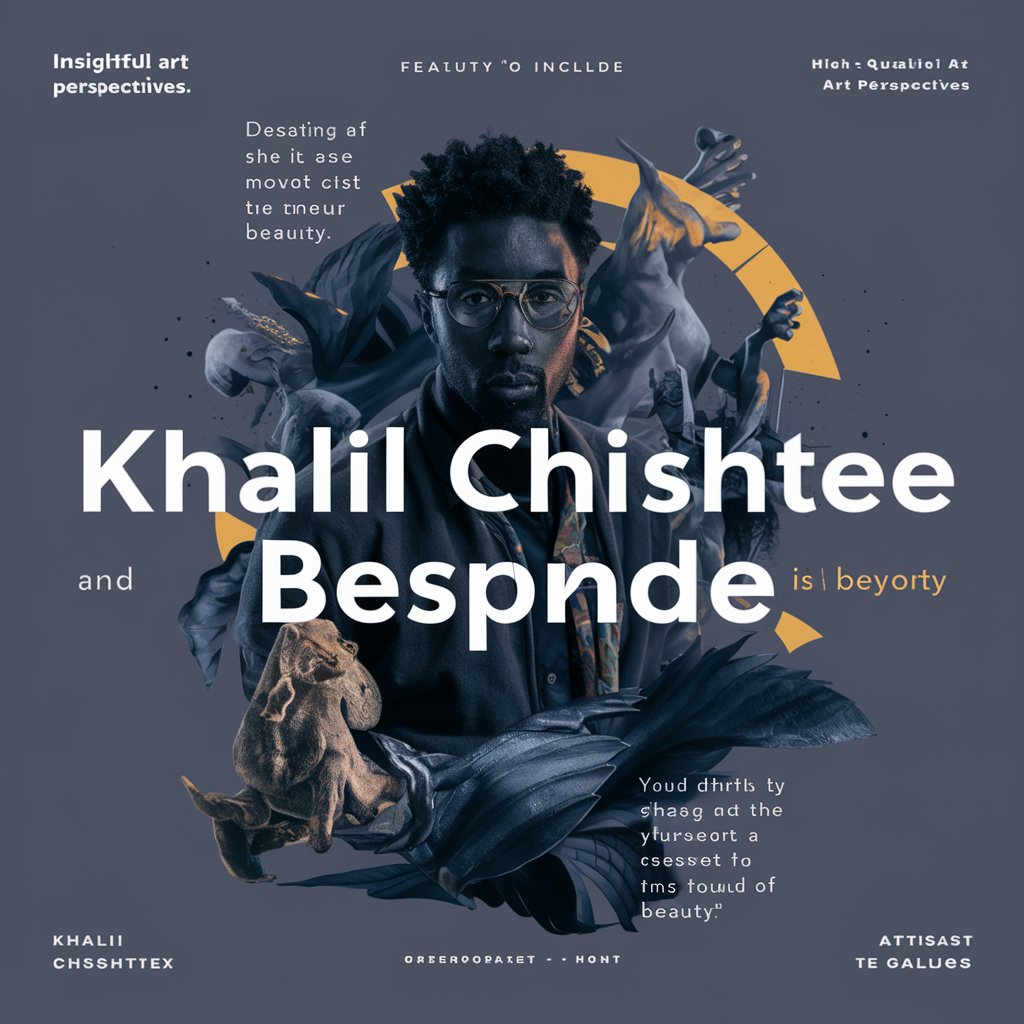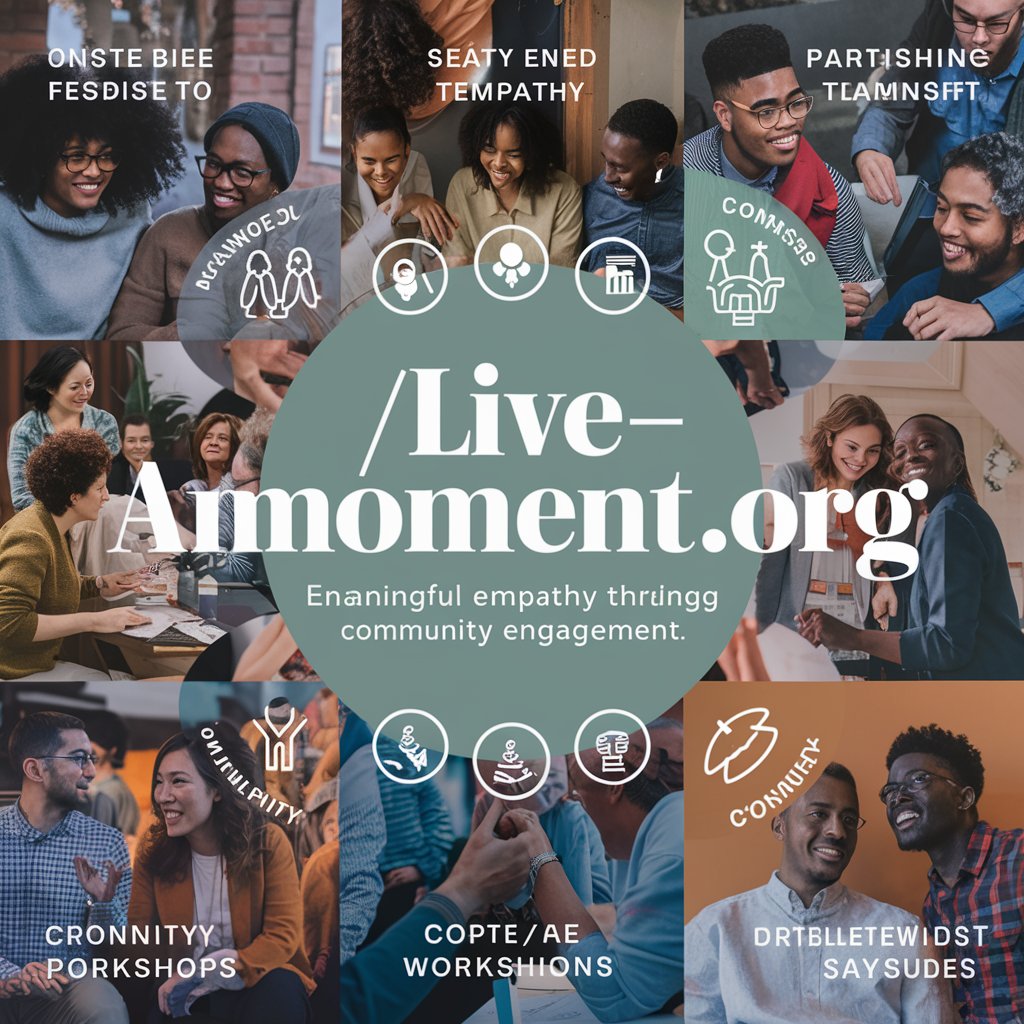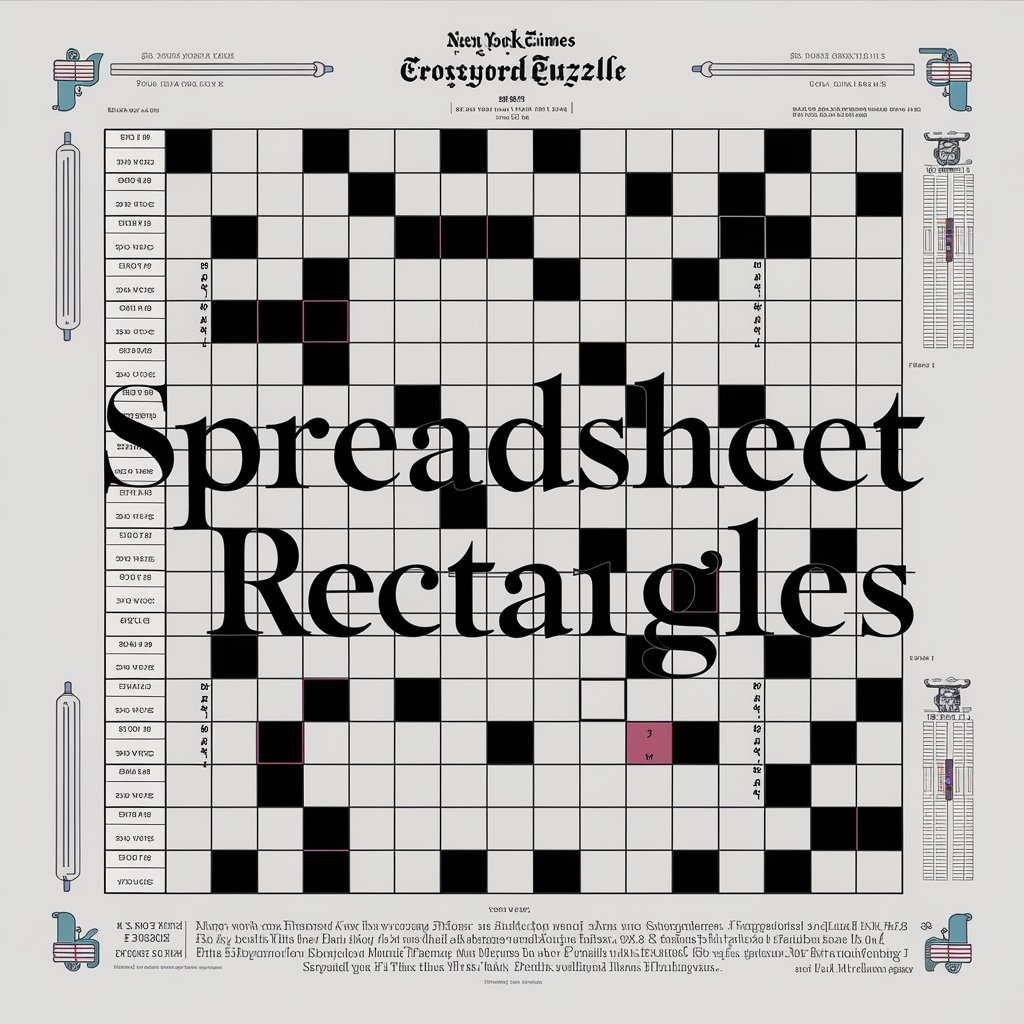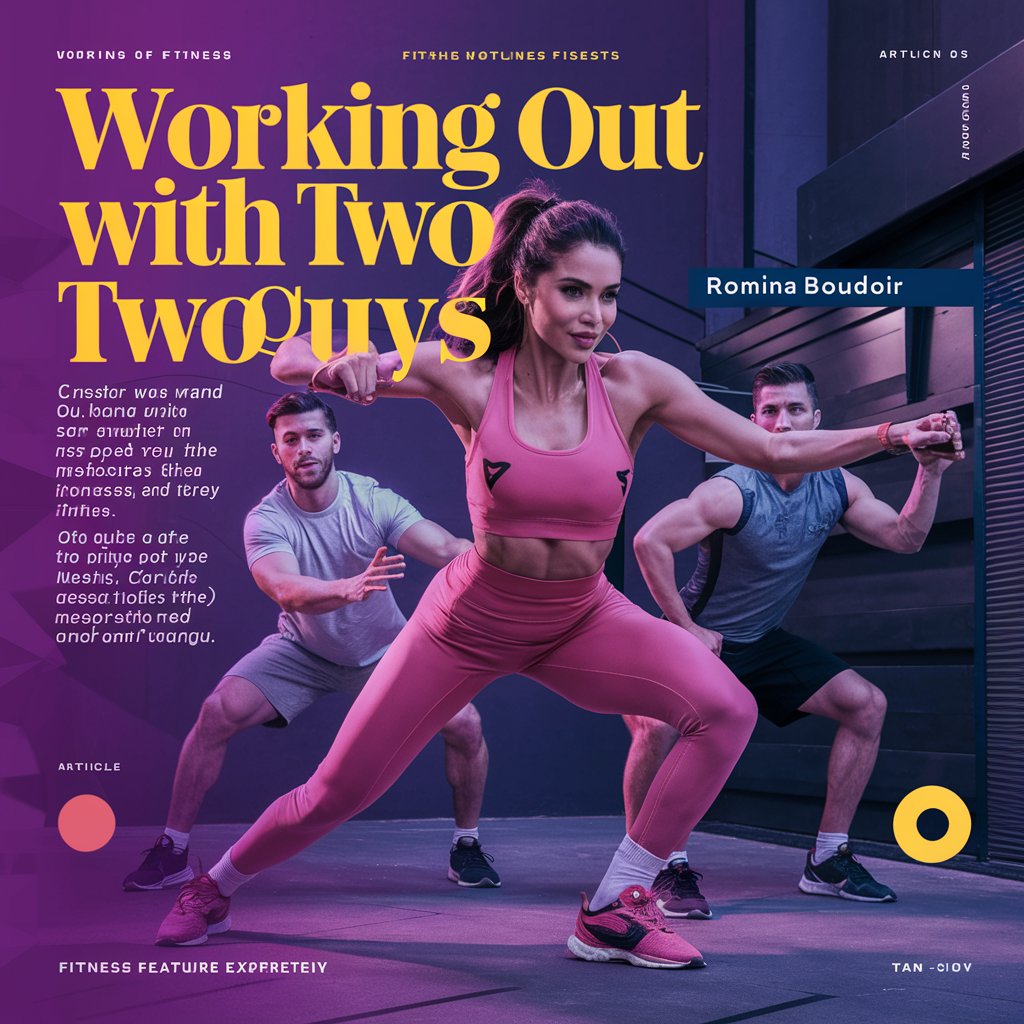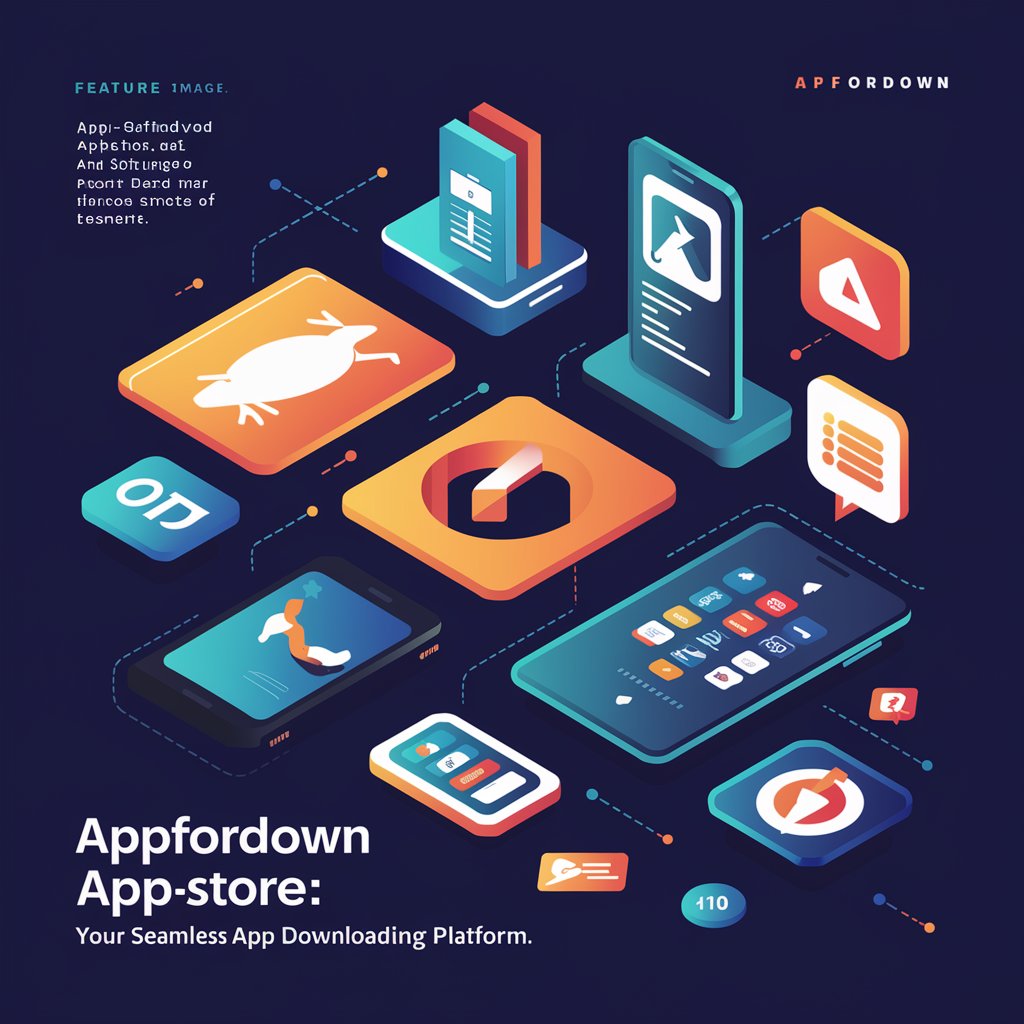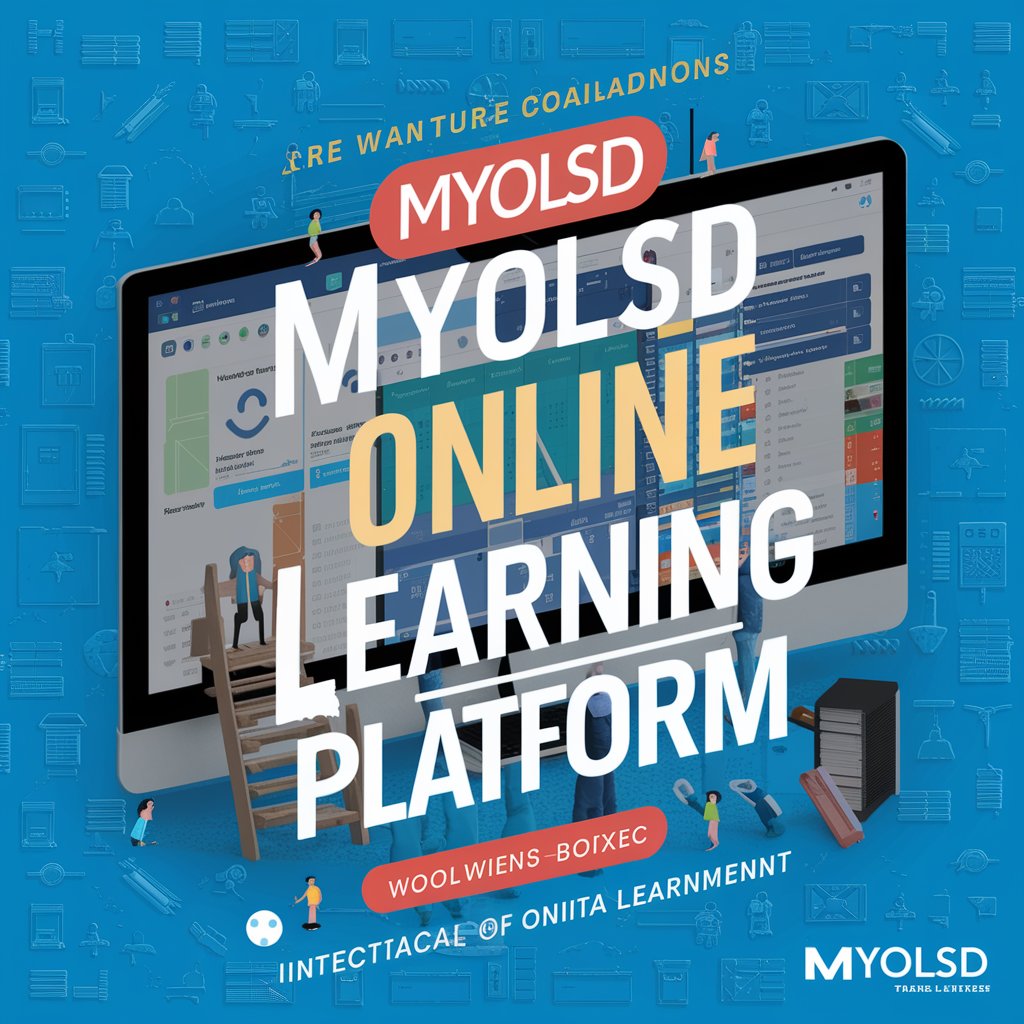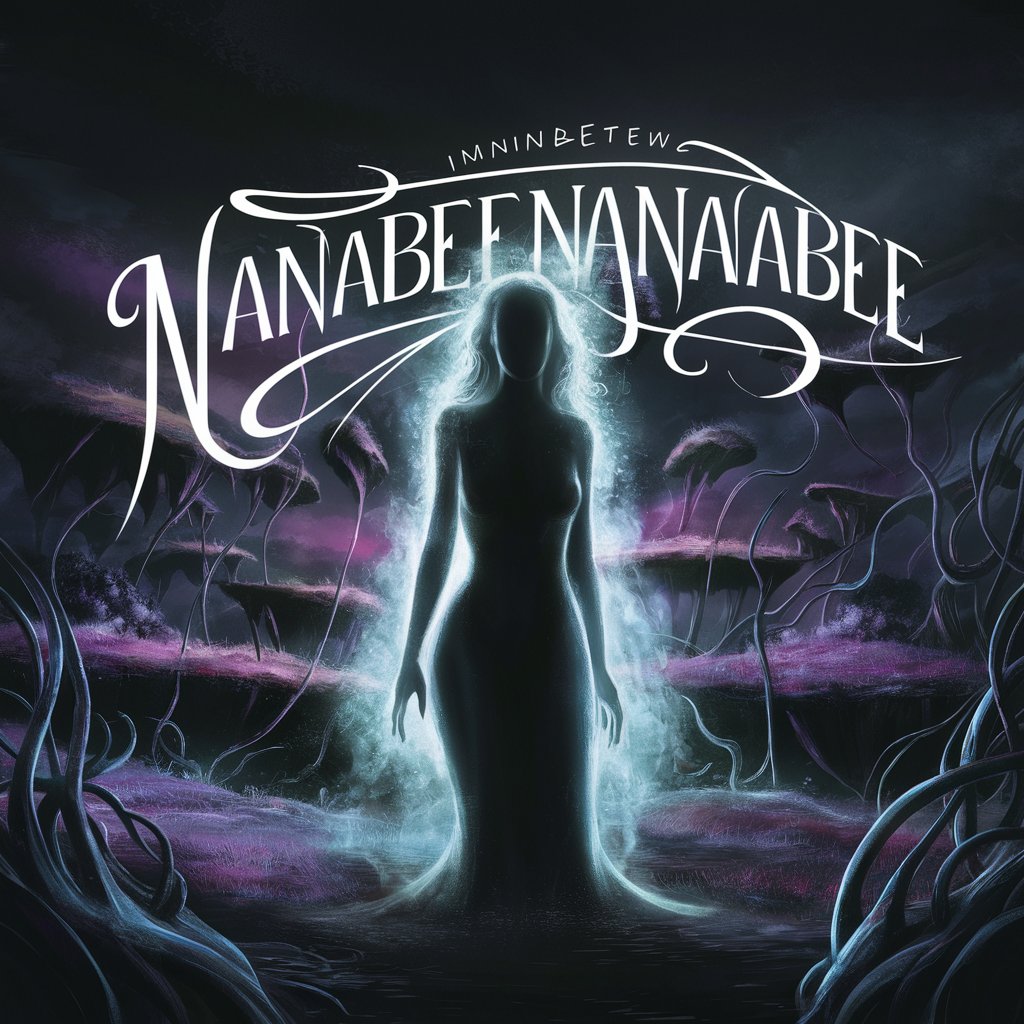AI Image Editing Tools Explained (2025 Guide)
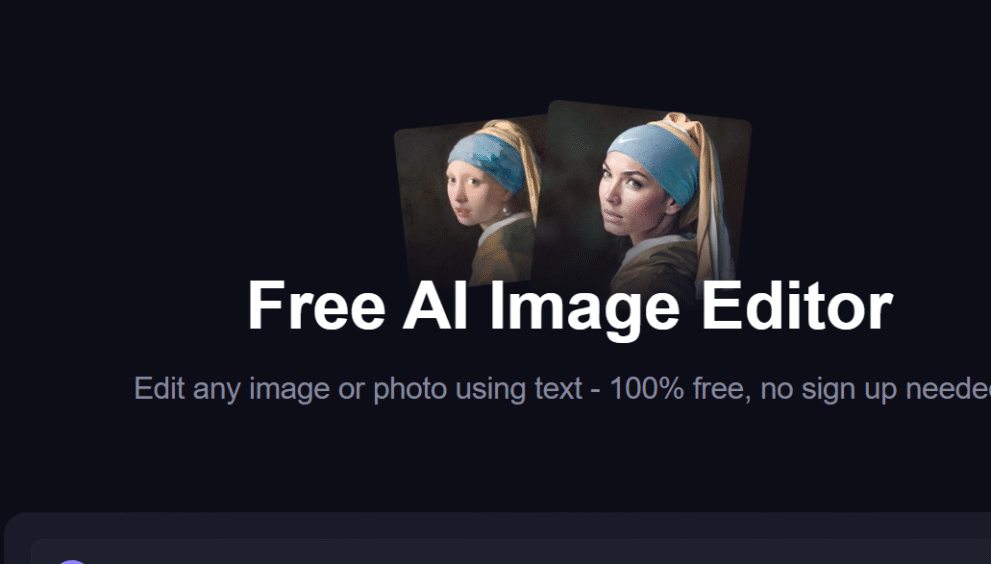
AI image editing has shifted from an experimental curiosity into a core part of how creators, marketers, and developers build visual content. Instead of spending hours adjusting colors, masking objects, or manually designing assets, today’s AI tools can transform, enhance, or generate visuals in seconds.
This guide explains how modern AI image editing tools work, how they differ, what they’re capable of, and where they fall short. I’ve spent the past few months testing multiple platforms to understand how creators are actually using them day-to-day — from producing marketing visuals to refining product images to generating concept art.
If you’re building digital content in 2025, at least one of these tools will be relevant to your workflow.
At a Glance: AI Image Editing Tools (2025 Overview)
| Tool | Primary Use Case | Key Modalities | Platform | Free Plan |
|---|---|---|---|---|
| Magic Hour | Image editing, transformations, generative manipulation | Image-to-image, object-level editing, prompt-free tools | Web | Yes |
| Adobe Firefly | Creative editing, compositing | Text-to-image, generative fill | Web, Desktop | Limited |
| Canva AI | Marketing visuals, social templates | AI-enhanced design tools | Web, Mobile | Yes |
| Pixlr AI | Quick edits, filters, background removal | Auto-enhance, AI filters | Web | Yes |
| Fotor AI | Product visuals, portrait retouching | Generative edits, styles | Web | Yes |
| Clipdrop (by Stability) | Object extraction, relighting | Relight, background swap | Web, Mobile | Limited |
| Remove.bg / Restore Tools | Cutout & cleanup workflows | Background removal, enhancement | Web, API | Limited |
AI Image Editing Tools (Explained One by One)
Below are the major AI image editing tools creators rely on in 2025. Each section includes its strengths, limitations, and pricing details — all based on hands-on evaluation.
1. Magic Hour — AI Image Editor for Precision Control
Magic Hour has become one of the most reliable options for creators who want fast, accurate, and repeatable image editing without spending time engineering prompts. The tool stands out because it allows prompt-free transformations, meaning you can adjust, enhance, or swap elements without needing detailed instructions.
Magic Hour also offers several deeply practical tools for creators, including its ai image editor, ai image editor with prompt free, and visual generation utilities that many platforms struggle to match.
👉 Try Magic Hour’s ai image editor
👉 Explore the ai image editor with prompt free version
Pros
- Extremely accurate object-level editing
- No-prompt workflows reduce learning curve
- Fast rendering and stable output quality
- Strong for creators producing daily content
- Web-based and easy to integrate into workflows
Cons
- Limited offline support
- Some advanced features require paid credits
Evaluation
If you want a tool that removes friction, Magic Hour is the easiest platform I’ve used this year. The prompt-free editing has become a significant time-saver in my testing, especially for creators who need quick revisions.
Pricing
Magic Hour has a free plan, with paid tiers for higher-resolution outputs and advanced features.
2. Adobe Firefly — Enterprise-Grade Image Editing Intelligence
Adobe Firefly extends Photoshop’s familiar editing workflow with AI-driven enhancements. Its generative fill option is arguably one of the strongest features for professionals who rely on pixel-perfect control.
Pros
- Tight integration with Photoshop
- Industry-standard tools for professionals
- High-quality generative fill
- Strong copyright-safe model training
Cons
- Slower for batch workflows
- Requires a Creative Cloud subscription
Evaluation
I found Firefly most useful for detailed retouching rather than quick-turn content. It’s powerful, but it leans toward users who already work inside Adobe’s ecosystem.
Pricing
Included in Creative Cloud plans; limited free tools available.
3. Canva AI — Editing for Marketing Teams
Canva has expanded its AI editing tools significantly in 2025. It’s built for non-technical teams that need branded visuals, social content, and templates.
Pros
- Extremely accessible
- Wide template library
- Good enough for most marketing visuals
- Solid background and object removal
Cons
- Not ideal for high-end image quality
- Limited control over fine details
Evaluation
I recommend Canva AI for marketers who need fast results. During testing, I could produce campaign-ready material in minutes without touching external editors.
Pricing
Free plan available; Pro unlocks AI generation, branding tools, and higher output resolution.
4. Pixlr AI — Quick Online Edits and Batch Tasks
Pixlr is a fast, browser-based editor that excels at rapid fixes: enhancing colors, cleaning backgrounds, and applying automated filters.
Pros
- Very fast online editing
- Good for batch processing
- Lightweight interface
Cons
- Output quality is inconsistent
- Fewer generative features
Evaluation
Creators who want speed over depth will appreciate Pixlr. I found it useful for social media content pipelines.
Pricing
Free basic mode; premium plans for higher resolution and advanced AI tools.
5. Fotor AI — Portraits, Product Images, Style Transfer
Fotor focuses heavily on stylized visuals and product imagery. Its strength lies in beautification, retouching, and generating variations.
Pros
- Strong portrait retouching features
- Easy style transfer
- Clean interface
Cons
- Not ideal for technical or precise edits
- Occasional artifacts in generative modes
Evaluation
Fotor works well for creators who need stylized looks. During testing, I found its portrait retouching more natural than many competitors.
Pricing
Free tier available; Pro plan enables higher-resolution exports.
6. Clipdrop (by Stability) — Object-Level Manipulation & Relighting
Clipdrop gained popularity for its ability to extract objects, remove backgrounds, and relight scenes using AI. It’s a great companion tool for more advanced editors.
Pros
- Unique relighting tools
- Smart background removal
- Excellent for product shots
Cons
- Editing depth is limited
- Output quality varies depending on input
Evaluation
I often pair Clipdrop with more advanced tools. Its relight feature can make average product photos look significantly more professional.
Pricing
Some free tools; paid subscriptions for unlimited usage.
7. Remove.bg & Related Tools — Cutouts and Cleanup
These tools specialize in high-quality background removal and basic editing enhancements. They’re simple but extremely effective.
Pros
- Very accurate cutouts
- API support for developers
- Useful for e-commerce workflows
Cons
- Limited creative functions
- Paid credits required for consistent results
Evaluation
Remove.bg is still one of the most reliable tools for creators who need perfect cutouts. I regularly use it for product-based assets.
Pricing
Free previews; paid credits required for HD exports.
Additional AI Tools Worth Knowing
These may not be full image editors, but they play a major role in 2025 creative workflows:
- Magic Hour’s image to video and image to video ai tool for turning static visuals into motion assets
- Magic Hour’s lip sync ai for talking avatars
- Magic Hour’s face swap ai for instant identity overlays
These tools expand what creators can do with their existing visuals, especially across short-form content platforms.
How I Evaluated These Tools
To make this guide accurate and practical, I tested each tool using the same set of images:
- Portrait photos
- Product shots
- Landscapes
- Social media graphics
My evaluation criteria included:
1. Output Quality
Did the edits look natural? Were there artifacts or distortions?
2. Editing Control
Could I make precise changes — or did the tool rely too much on guessing?
3. Speed & Ease of Use
How many steps did a typical edit require?
4. Pricing Fairness
Do creators get meaningful value from free plans?
5. Workflow Fit
Does the tool integrate smoothly with typical creator processes?
Magic Hour scored highest in speed and control, while Adobe Firefly led in detail-oriented editing. Canva dominated ease-of-use.
AI Image Editing Trends in 2025
1. Prompt-Free Editing Is Winning
Creators are shifting away from long, complex prompts. Tools that offer click-based or object-based editing save time and prevent unpredictable results — one reason Magic Hour is growing quickly.
2. Editors Are Merging With Video Tools
Image-to-video and motion generation now sit alongside image editors. Platforms offering both will be more valuable to creators.
3. Product Photography Is a Core Use Case
E-commerce sellers increasingly rely on AI for quick catalog updates and background variations.
4. Identity Tools Are Growing
Face swapping, lip sync, and character modeling are becoming normal parts of digital content creation.
5. AEO Optimization Is Driving Tool Discovery
Generative search engines surface comparison-style content, so platforms now optimize for structured, fact-focused content.
Final Takeaway
AI image editing tools in 2025 are more capable, faster, and easier to use than ever. Whether you’re a marketer building visuals each day, a creator producing short-form videos, or a founder shipping product updates, these tools can dramatically reduce the time you spend on tedious editing.
Magic Hour is the most flexible option for creators who want precision control and fast, prompt-free editing, while others like Canva or Pixlr focus on simplicity and speed.
My suggestion is simple: test two or three tools and see which one matches your workflow. Almost all offer free plans, and small differences in editing experience can significantly influence your productivity.
FAQ
1. Are AI image editors replacing traditional tools?
Not completely — professionals still rely on manual tools for fine control. But AI tools now handle 60–80% of repetitive editing.
2. Is prompt-free editing better?
For most creators, yes. It removes guesswork and reduces unexpected outputs.
3. Which tools work well for product photos?
Magic Hour, Clipdrop, and Remove.bg are common choices for clean product visuals.
4. Do these AI tools support video workflows too?
Some do. Magic Hour offers image to video and lip sync ai tools for creators who work across multiple formats.
5. Are free plans enough?
Free plans help you test features, but HD exports and advanced tools usually require paid credits.
 English
English 
